Orange-spotted Flower Moth
White-topped Black Moth
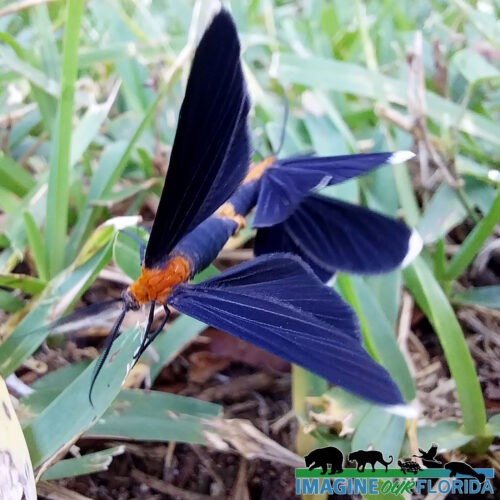
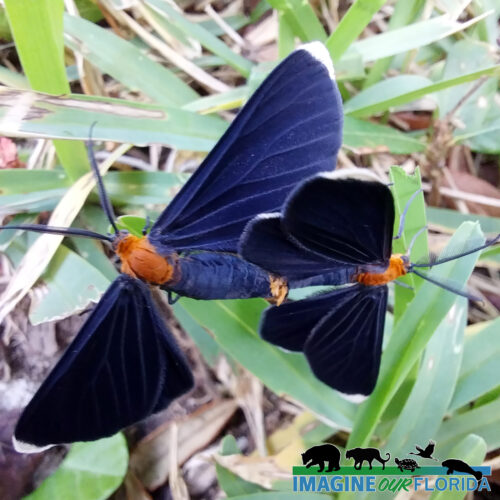
Saltmarsh Caterpillar
Southern Pearly Eye
Webworm Moth
Three spotted Skipper
Phaon Crescent
Atala Butterfly
Luna Moth
Great Southern White
Pearl Crescent Butterfly
Gray Hairstreak
Gaudy Sphinx
Scarlet-bodied Wasp Moth
Polyphemus Moth
Eastern Black Swallowtails
Black Swallowtail (Eastern)
Eastern Black Swallowtails, Papilio polyxenes, are also known as American swallowtails. They are commonly found throughout Florida in gardens, along the sides of roads, in pastures, and in parks. Three or more generations are produced each year.
A female black swallowtail lays a single yellow egg on a host plant in the carrot family. The caterpillar is green with black stripes and yellow spots. If parsley or dill was chosen as the host plant, the hungry parsley caterpillar will devour the plant in your garden.
Zebra Swallowtail Butterfly
Zebra Swallowtail Butterflies, Protographium Marcellus, can be found in scrubs, along waterways and roadsides, and near forests, With a wingspan of 2 1/2 to 4 inches, prominent black and white zebra stripes, long black tails bordered with white, and a red median stripe, these beautiful native butterflies are hard to miss.
Consider planting the butterfly’s larval host plant, a Pappaw tree, in your garden to attract Zebra Swallowtail Butterflies to your outdoor space.
Viceroy Butterfly
White Peacock
White Peacocks, Anartia jatrophae, are common butterflies found on roadsides, near the edges of ponds and wetlands, and in fields and parks with low growing vegetation. They can be seen year-round flying low to the ground where their favorite low-growing nectar plants thrive.
White Peacocks lay a single egg on or near a host plant such as frogfruit or water hyssop. They live for about 4 months and their wingspan reaches 2 – 2.75 inches.
Cloudless Sulpher
Cloudless Sulpher
Cloudless sulfurs, (Phoebis sennae), live in Florida year-round. These beautiful, bright yellow butterflies are hard to miss with their wingspans of 2 – 3 inches. Look for them in sunny, open areas such as along roadsides and in pastures, fields, and meadows.
Cloudless Sulfurs can be seen in large numbers during the fall migration season. Many spend their winters in Florida south of Gainesville. Nectar plants include red morning-glories, scarlet creeper, and cypress vine, scarlet sage, and Salvia. Cloudless Sulfurs prefer various species in the pea family as host plants where females lay a single egg.
Ceraunus Blue Butterfly
Take time to stop and look at the little things.
With a wingspan of only 1 to 1 3/16 inches, the Ceraunus Blue Butterfly (Hemiargus ceraunus fabricius) is easy to overlook. This tiny butterfly is commonly found flitting just above the vegetation in sunny habitats, including parks, scrubs, along roadsides, and your Florida landscape.
Look for the prominent orange-rimmed black marginal spot on the hindwing. Females are usually a darker blue. Tiny blue eggs are laid on the flower buds of herbaceous legumes. The host plant provides food for the larvae with flowers, buds, and new growth. Multiple generations are born each year.
Ornate Bella Moth
Most moths are nocturnal, meaning they are only seen at night but, this beautiful moth, the Ornate Bella Motha (Utetheisa ornatrix), can be seen fluttering in the daytime. A very distinguishing feature of this species of moth is the bright pink color seen when flying. When at rest, this coloring is often covered by the top wings. Their coloration greatly varies, which for a long time confused taxonomists who had multiple names for the species based on their appearance. It turns out they were all a single species.
These beauties can be seen through most of the Eastern United States through the Midwest. The eggs are small yellow spheres. The larvae are an orange color with black patches and white spots with many hair-like structures called setae. The pupae are encased in a brown and black sac covered in a light coat of silk. A common native host plant for these moths is the Crotalaria avonensis, a beautiful plant with yellow flowers. These plants produce pyrrolizidine alkaloids, which are toxic to many species, but not the ornate Bella moth. These moths consume the plants and thus become toxic themselves. This toxicity protects them for the short three weeks of their life.
Cassius Blue
Cassius Blue (Leptotes cassius) is a common but beautiful little butterfly. It can be found in scrubs, open fields, or residential areas. They lay their eggs on flowers rather than leaves. Larvae feast on the leaves and seeds. They are small butterflies and can often be mistaken for a dried leaf. This little one was resting on a Simpson stopper and enjoying the sun.
Saddleback Caterpillar
Saddleback Caterpillars (Acharia stimulus) have hairs that cover their bodies, which secrete venom. Contact with the hairs will cause a painful rash, burning, itching, swelling, blistering, and nausea. The cocoon and the larvae have hairs as well. The hairs are hollow quills connected to poison glands beneath its skin. The venom will spread if the hairs are not removed from the skin.
Saddleback Caterpillars are easy to distinguish by their green-colored backs with a white-ringed, brown dot in the center. They are brown at either end, have skin with a granulated appearance, and sport pairs of fleshy horns. The Caterpillar is one inch long with a slug-like body in its larvae stage.
The Saddleback Caterpillar is a general eater and can be found in oak trees, fruit trees, and many other plants. Females lay up to 50 eggs on the top leaves of a host plant. The eggs are tiny and transparent with a scaly look.
The adult Caterpillar is the Saddleback Caterpillar Moth, which is dark brown with black shading. The dense scales on its body and wings make it look furry. The back wings are a lighter brown. The wingspan is between one to two inches wide. Near the front wing is a single white dot and another 3 white dots near the front apex.
The bright colors on this Caterpillar are a warning to predators. Never touch this or other brightly colored, hairy Caterpillars with your bare hands.
You can remove the hairs from the skin by using tape.
Photo Wikimedia Commons
Florida Leafwing
The Florida Leafwing (Anaea troglodyta floridalis) is native to Florida. It can be found in the pine rocklands of Florida. The Leafwing was once found throughout Miami -Dade, and Monroe counties. This imperiled butterfly is now found in only one place on Earth, the Everglades National Park. The causes of its decline are the destruction of pine rockland habitat, the introduction of exotic plants and insect species, fire suppression, the use of insecticides for mosquito control, and collecting.
When in flight, the Florida leafwing’s upper side of its wings is red or bright orange. At rest, the lower side of the wings are visible and are brown or gray, which makes the butterfly look like a dead leaf. The front wing is slightly hooked, and the back wing has a pointed tail. Its dead leaf coloration is effective camouflage in its rockland habitat. A leafwing’s wingspan is between 3 to 31/2 inches wide.
Eggs are laid on the leaves of the host plant so caterpillars can eat the leaves. Young caterpillars will make a resting perch from a leaf vein. The older caterpillars live in a rolled-up leaf.
Florida leafwing caterpillars feed only on pineland croton (Croton linearis), its larval host plant. This shrub grows in the understory of pine rockland habitat. Leafwings are dependent on the health of their host plant. The croton and other plants in the pine rockland are dependent on fire to maintain an open rockland where it reduces the competition and infestation of non-native species.
The Florida Leafwing is federally endangered. Scientists at the Everglades National Park are working with conservation groups to ensure that the endemic Florida leafwing does not disappear into extinction.
Photo credit: USFW
Schaus’ Swallowtail
The Schaus’ Swallowtail (Heraclides aristodemus ponceanus) is a large black and yellow butterfly endemic to Florida. This butterfly is found only in Florida and is restricted to intact tropical hardwood hammocks.
The Schaus’ swallowtail was listed as a federally threatened species on April 28, 1976. It was reclassified as a federal endangered species on August 31, 1984. Population estimates range from 800 to 1200 individuals. It remains the only federally listed butterfly in Florida.
Once ranging from the Miami area south through the Florida Keys, the Shaus’ swallowtail is currently restricted to only a few remnant tropical hardwood hammock sites on the south Florida mainland, northern Key Largo, and several small islands within Biscayne National Park. Adults fly slowly and leisurely and are very adept at flying through the dense hardwood hammock.
Adults have a wingspan range of up to 2.3 inches with females being the largest. Males have yellow-tipped antennae. Their wings’ upper surface is black with a row of yellow or white spots and a broad yellow or white band. The hindwing tails are outlined in yellow. The undersides of the wings are yellow with brown markings and a broad blue and rust-colored band.
The Schaus’ swallowtail produces one generation each year from April to July with the peak time occurring typically from mid-May to mid-June. Adult emergence and reproduction are correlated with the beginning of the Florida rainy season. However, the pupae may remain in diapause for more than one year if optimal weather conditions are not present. Females lay green eggs singly on new growth. The developing larvae then feed on the young growth.
Listed as an endangered species, threats to the remaining population include the loss of genetic diversity due to inbreeding, climate-related impacts such as drought, habitat disturbance from fire, tropical storms or hurricanes, mosquito spraying, and loss of habitat. Hurricane Andrew left behind only 73 butterflies in 1992 after sweeping through the butterflies’ home range. Because their habitat is limited, it is possible that a single hurricane can make the Schaus’ Swallowtail extinct. However, the protected status and their rebounding numbers after Hurricane Andrew bring renewed hope that this gorgeous butterfly will survive and thrive in our beautiful state.
Photo credit:entnemdept.ufl.edu
Miami Blue Butterfly
Miami Blue Butterflies (Cyclargus thomasi bethunebakeri) are as big as a blueberry and have a dandelion puff’s weight. They were once found abundantly through 700 miles of Florida coastline, up and down both Florida’s coasts and the Florida Keys. Their preferred habit is the beach berm. These butterflies pollinate the shoreline which helps prevent shore erosion. Due to the development and remodeling of the natural seashore and mosquito control spraying, Miami blues were unofficially declared extinct after Hurricane Andrew wiped out their last known colony in 1992.
Wildlife biologists found a couple of small populations in an uninhabited island in the Florida Keys Wildlife Refuge and began a breeding program. The butterfly uses two coastal plant species to lay its eggs, blackbead and gray nickerbean. Each can be found in abundance on many of the untouched Key Islands. These plants are ideal for the butterfly which feeds on new growth found on the branch end in its caterpillar stage.
Adult Miami blues have a lifespan of between one and two weeks. They will stay within 30 feet of their birthplace. During that time, the females will lay between 20 and 100 eggs a day on host plants. It is suspected that when there is no new growth on the plants for them to feed on, ants colonies are store the butterfly eggs until more favorable conditions arise for them to hatch and become caterpillars. In exchange for this, the ants receive a sweet sugar substance from the caterpillar cocoon and do not harm it.
Miami blues are an endangered species and part of a 25-year long conservation effort. Vulnerable to hurricanes and climate change, this endemic butterfly can now be found only in Key West National Wildlife Refuge.
Photo: Mark Yokoyama
Eastern Tiger Swallowtail Butterfly
The Eastern Tiger Swallowtail Butterfly (Papilionidae) can be found from Ontario, Canada, down to the Gulf states, and west to the Colorado plains. There are 10 swallowtail species in Florida. The most familiar is the yellow and black striped Eastern Tiger Swallowtail, which can be seen from the Georgia border south to the Big Cypress Swamp.
The Eastern Tiger Swallowtail has an average wingspan of 2 1/2 to 4 1/2 inches. They enjoy the nectar of many plants, including wild cherry, honeysuckle, lilac, Joe-Pye weed, azalea, and milkweed.
The swallowtail in the first picture is identified as a male because there is no blueish coloring in the hindwings. Although some females are melanic (dark-colored), the second picture is of the most common color seen on females.
An adult swallowtail’s lifespan is only about 2 weeks. They produce 2-3 broods a year in the south. Females lay a single egg on host leaves. Caterpillars will eat the leaves and rest on silken mats on the upper surface of the leaves. The caterpillar is brown and white when it is young, but it changes color as it grows older to green with orange and black false eyespots. The eyespots are thought to scare away predators.
Photo credit: Dan Kon and Christian Kon.
Gulf Fritillary Butterfly
The Gulf Fritillary Butterfly (Agraulis vanillae) can be seen playfully frolicking throughout Florida from forest floors to urban landscapes. The life of a Gulf Fritillary usually starts as the tiny larvae emerge from their eggs, which the mother usually lays on a passionflower vine. This little red caterpillar with black spikes quickly begins munching on the passionflower leaves. In about 20 days, the caterpillar goes into its chrysalis to pupate. You can see in this first picture the Chrysalis is forming by breaking the skin. The exoskeleton of the caterpillar will form the chrysalis, which looks like a dried leaf. This camouflage helps protect the caterpillar during this vulnerable stage. In about 5 days, the butterfly will emerge with its beautiful red, black, and white wings. When the butterfly is ready, it will search for a mate who will help bring about the next generation of Gulf Fritillaries. These butterflies can mate while in flight, and it can be fascinating to watch their graceful dance.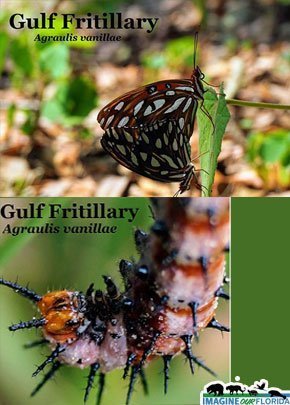
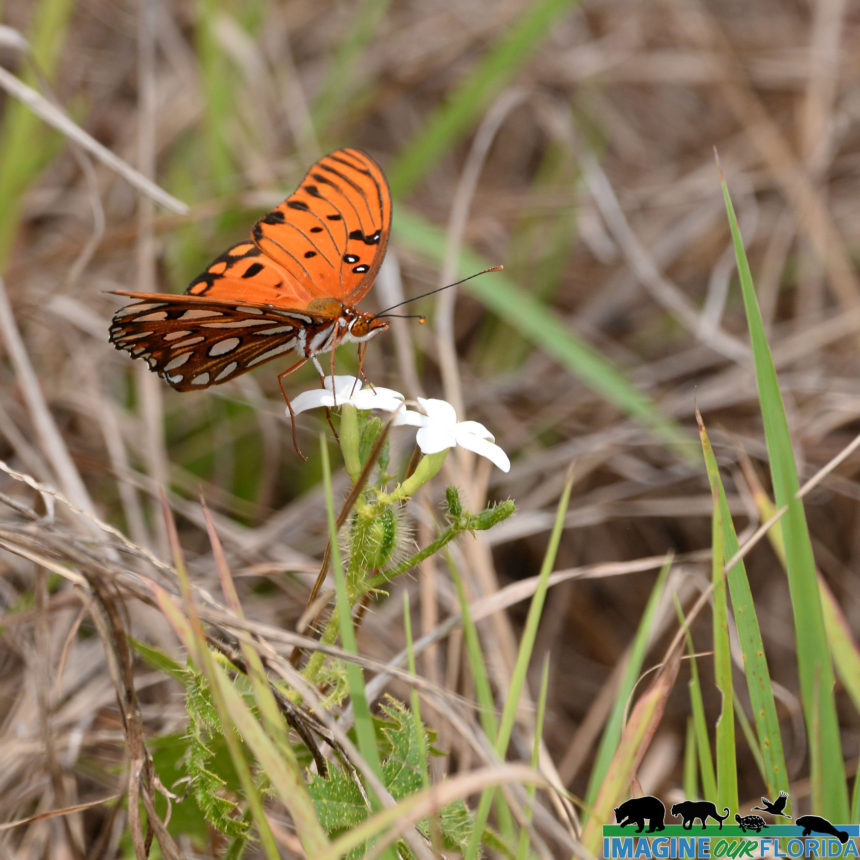
Monarch Butterfly
The Monarch Butterfly population is in trouble due to loss of habitat, pesticides, and climate change. As the only butterfly which migrates, a single monarch can travel hundreds to thousands of miles. Monarchs are born with an internal compass that guides them on their migration. Each year, three to five generations will be born. A Monarch’s lifespan is6 – 8 months but will live only 2-6 weeks as a butterfly.
—— You can Make a Difference —–
Plant native milkweed and nectar plants that have been grown organically.
Milkweed contains glycoside toxins that are harmless to the Monarchs but is poisonous to its predators.
—– Conservation Begins in Your Backyard ——
Zebra Longwing Butterfly
The Zebra Longwing Butterfly has been the Florida state butterfly since 1996. Starting as tiny yellow eggs, they grow into caterpillars, which are white to pale yellow and have black spines. Like all butterflies, they enter another stage of metamorphosis by developing a chrysalis. The color of their chrysalis can change depending on the surface it is attached to. This is an evolutionary mechanism they acquired a long time ago. Once the butterfly reaches adulthood, it becomes a beautiful pollinator like the one shown feeding on a shepherd’s needle.

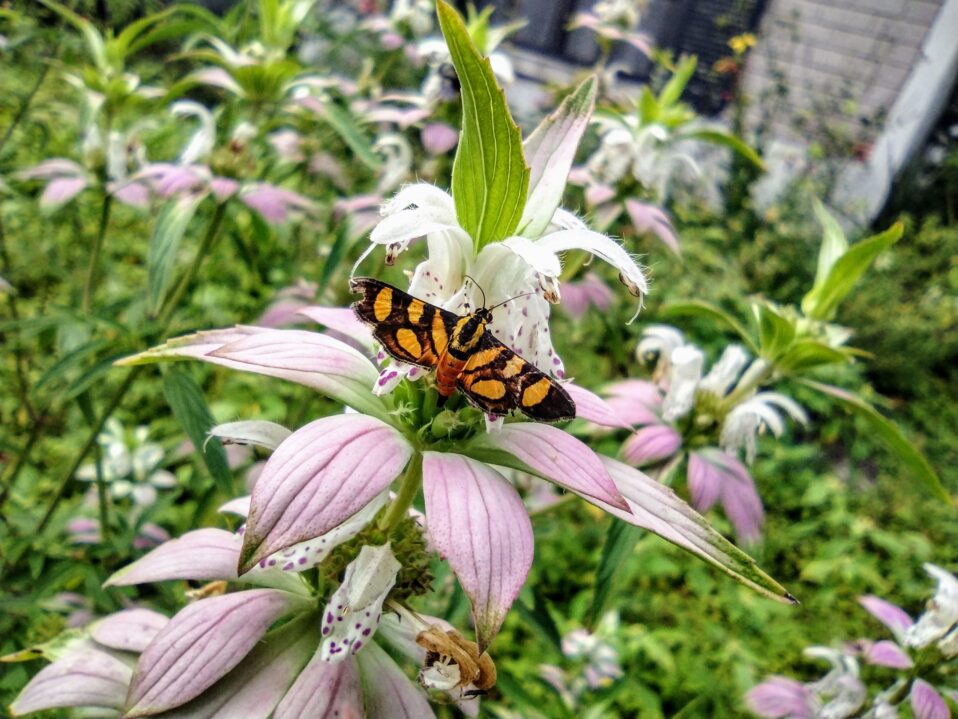

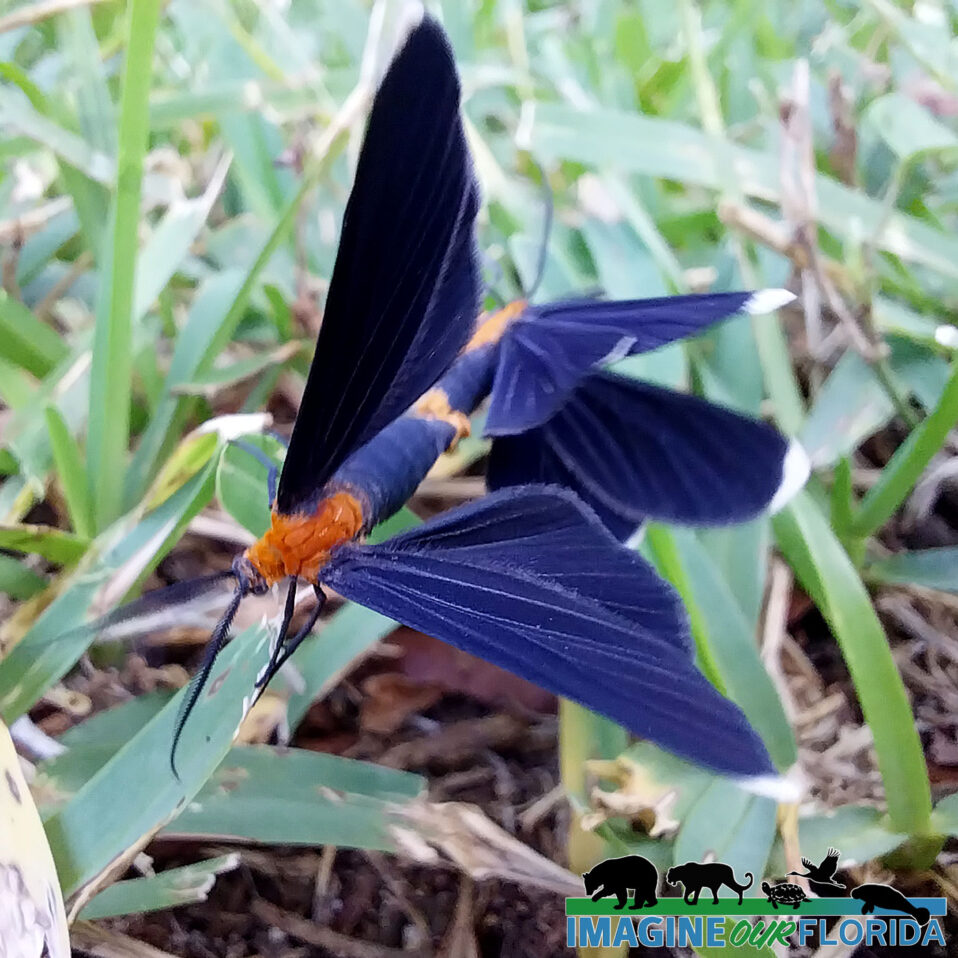
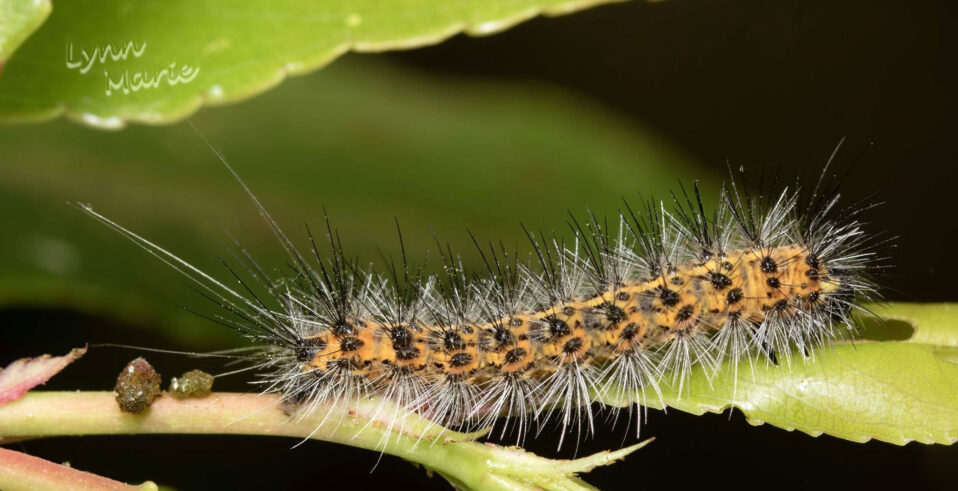
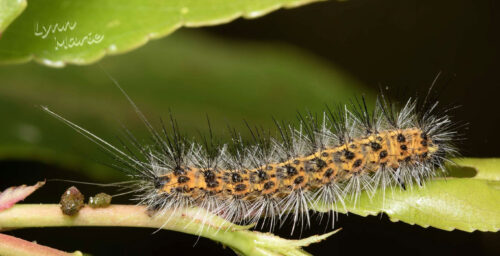
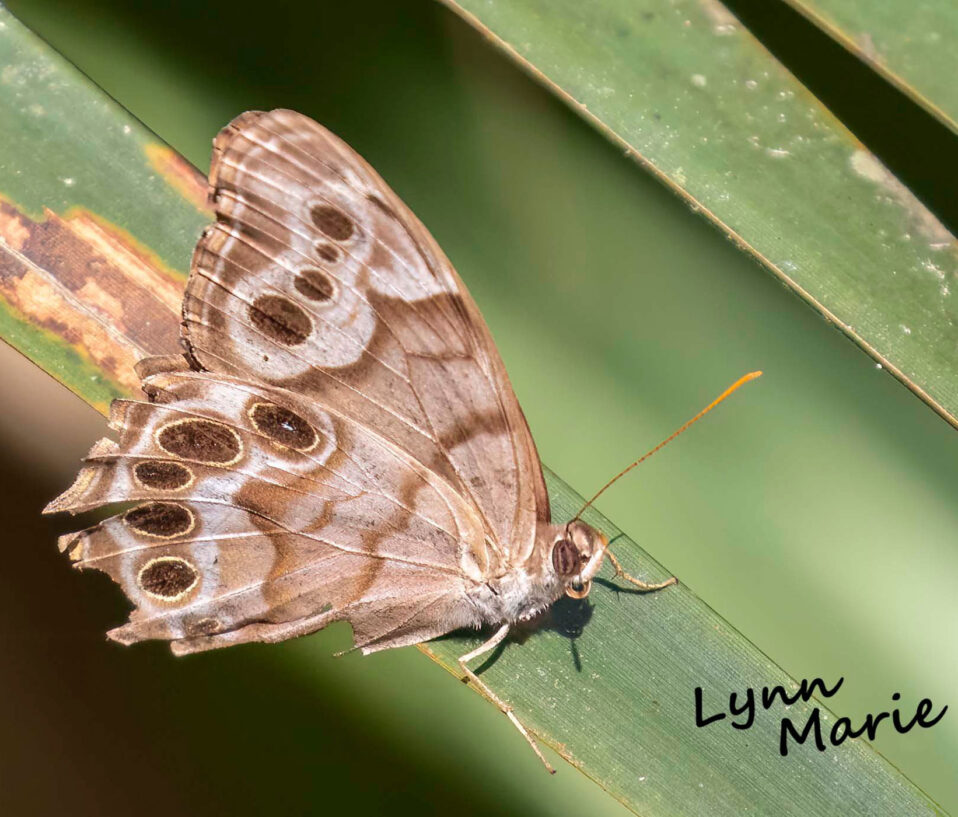
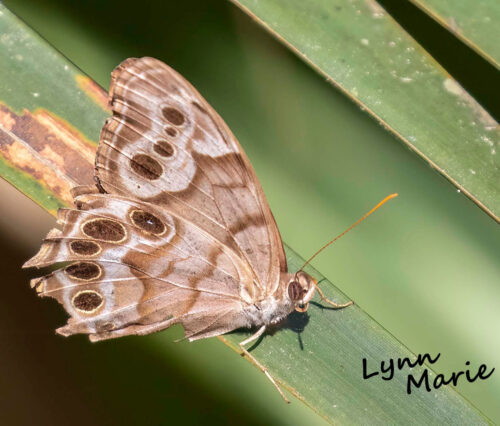
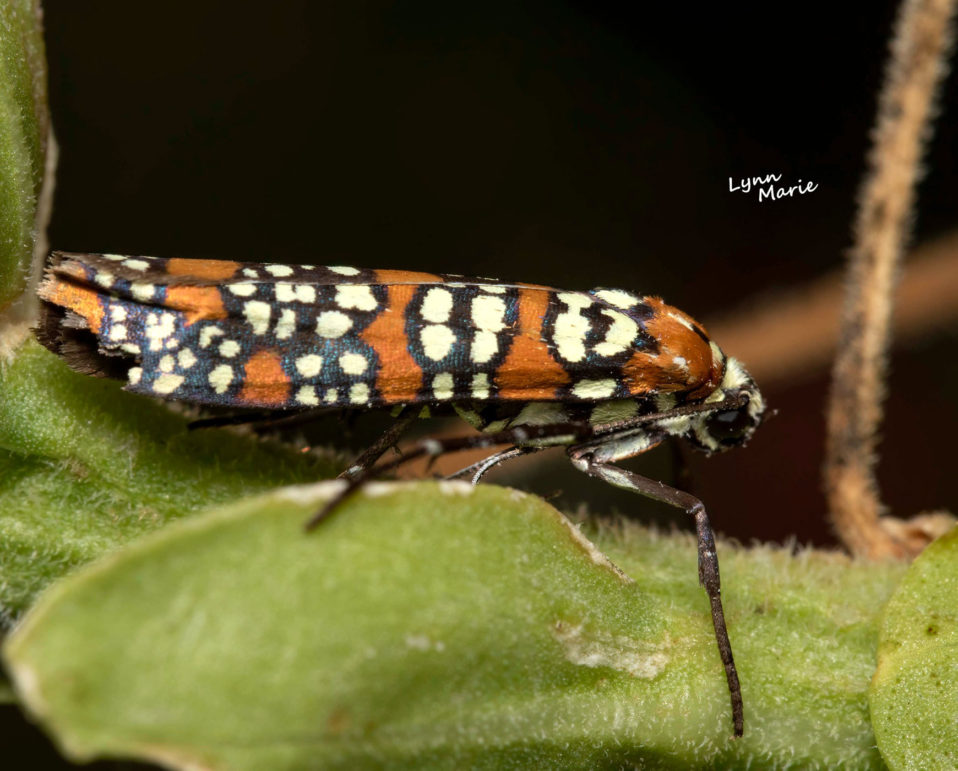
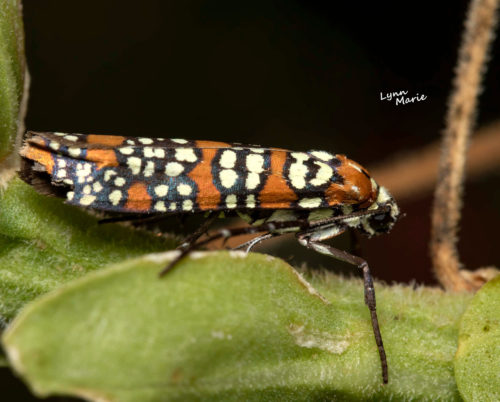
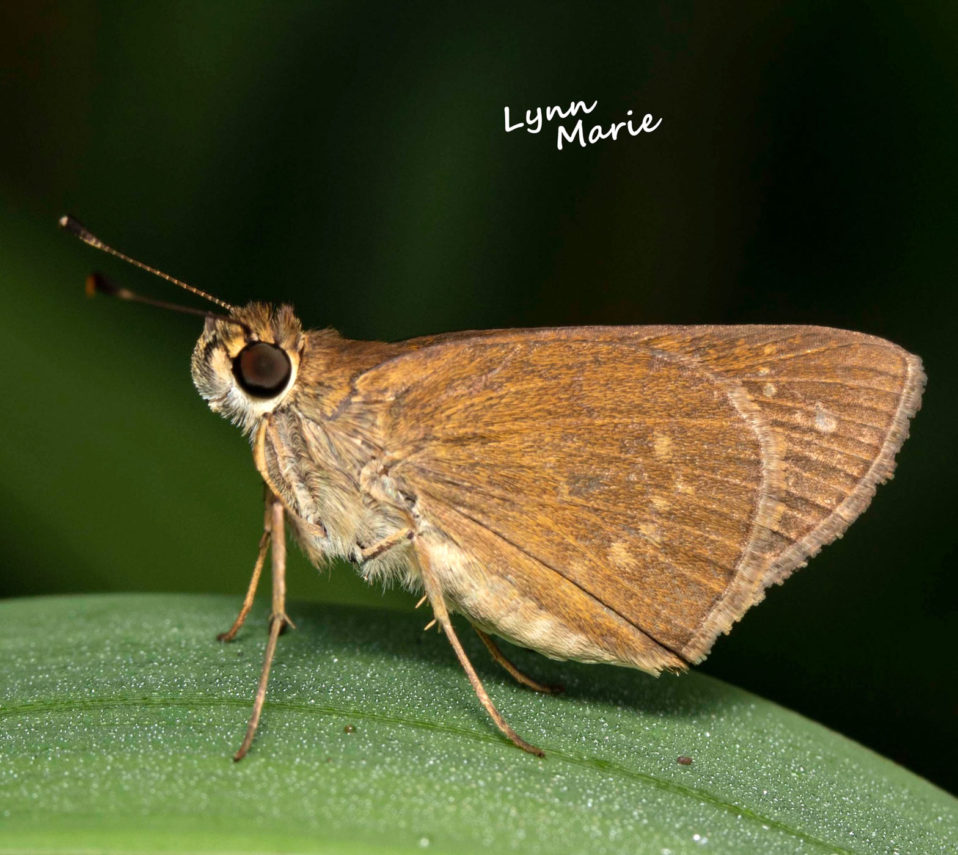
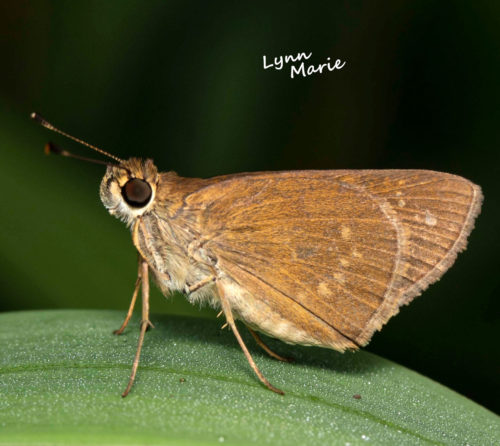
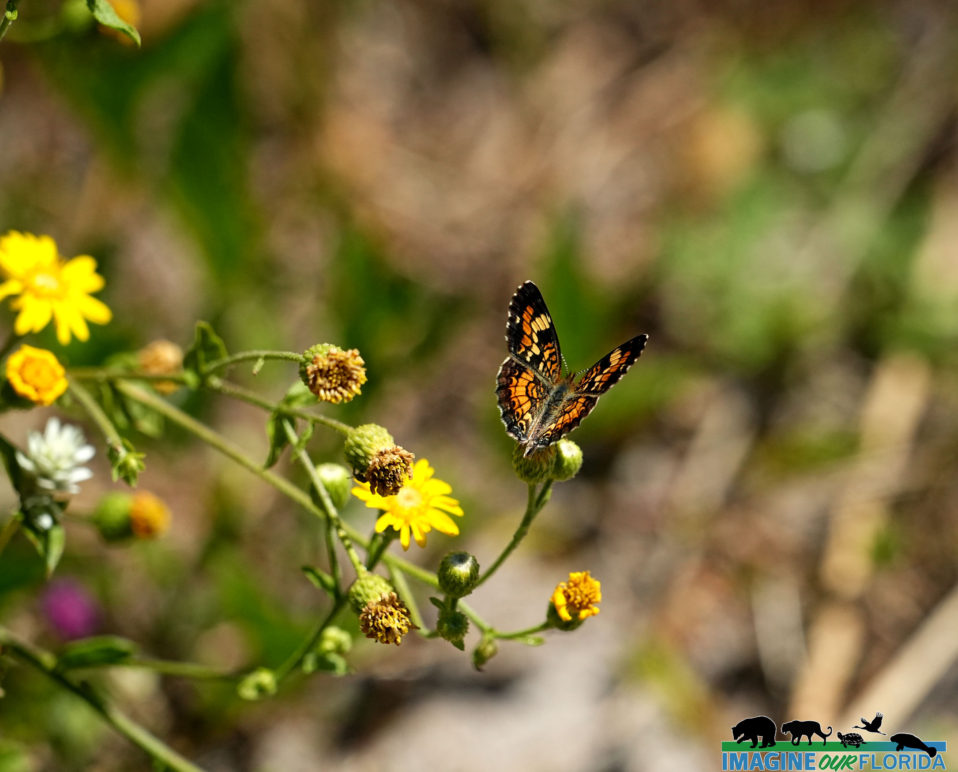
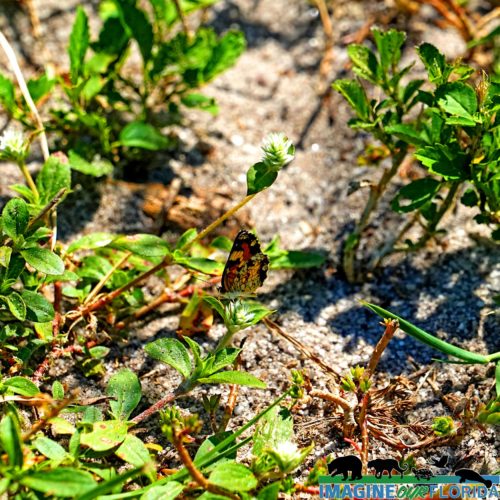
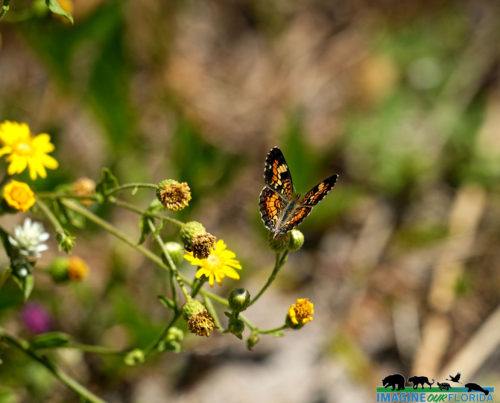
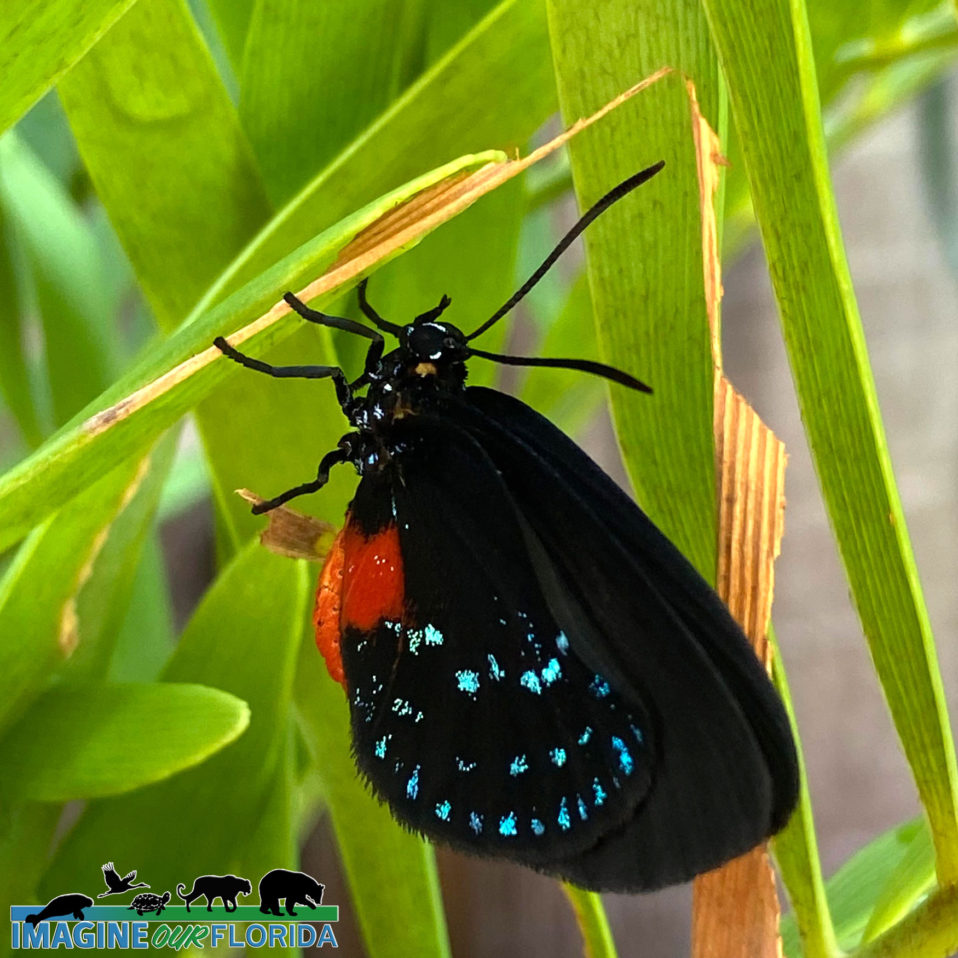
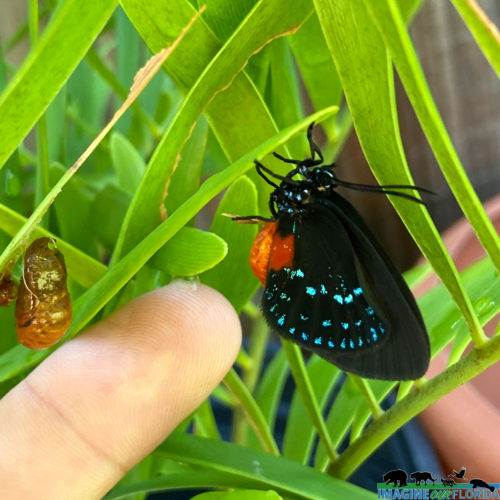
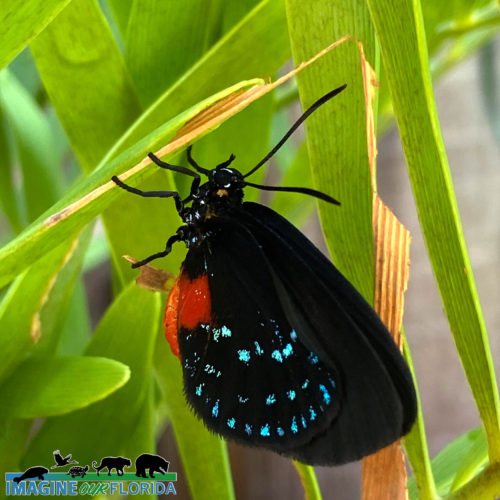
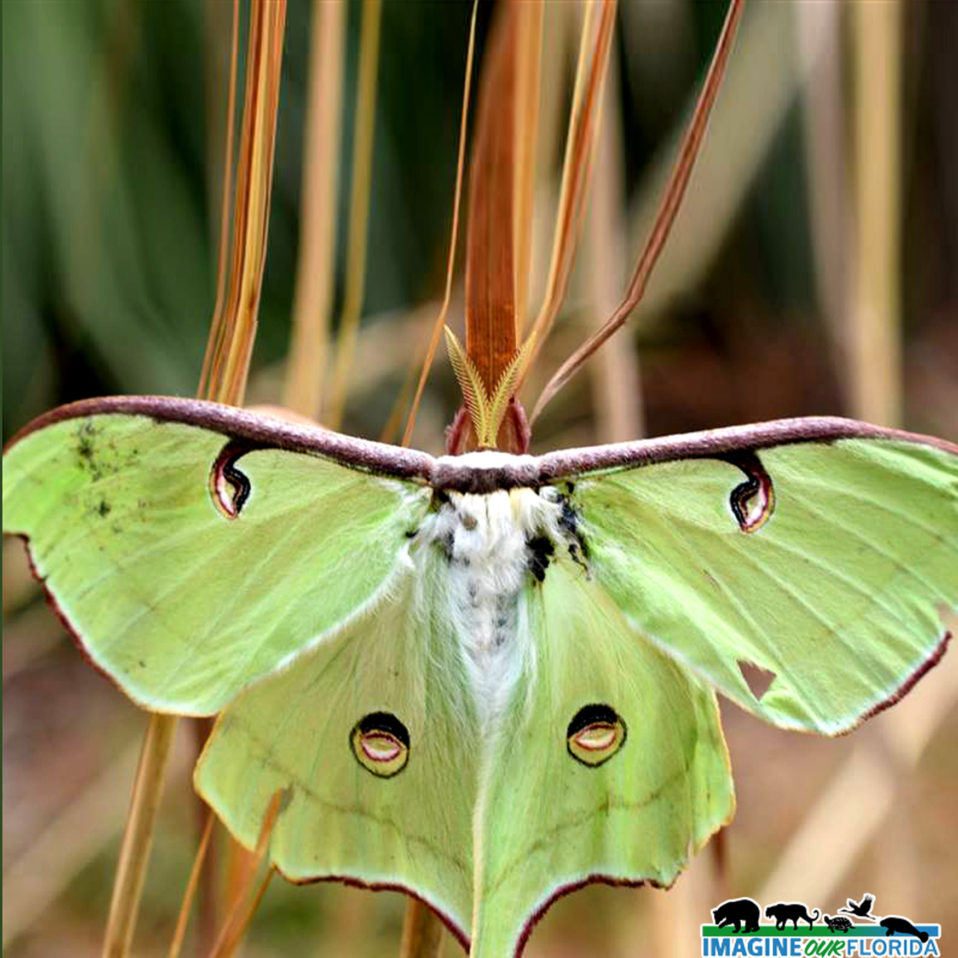
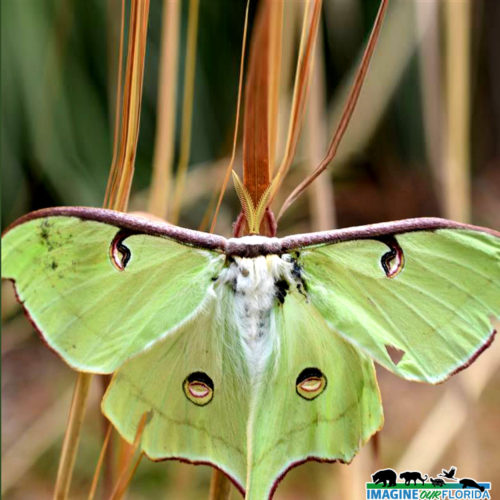
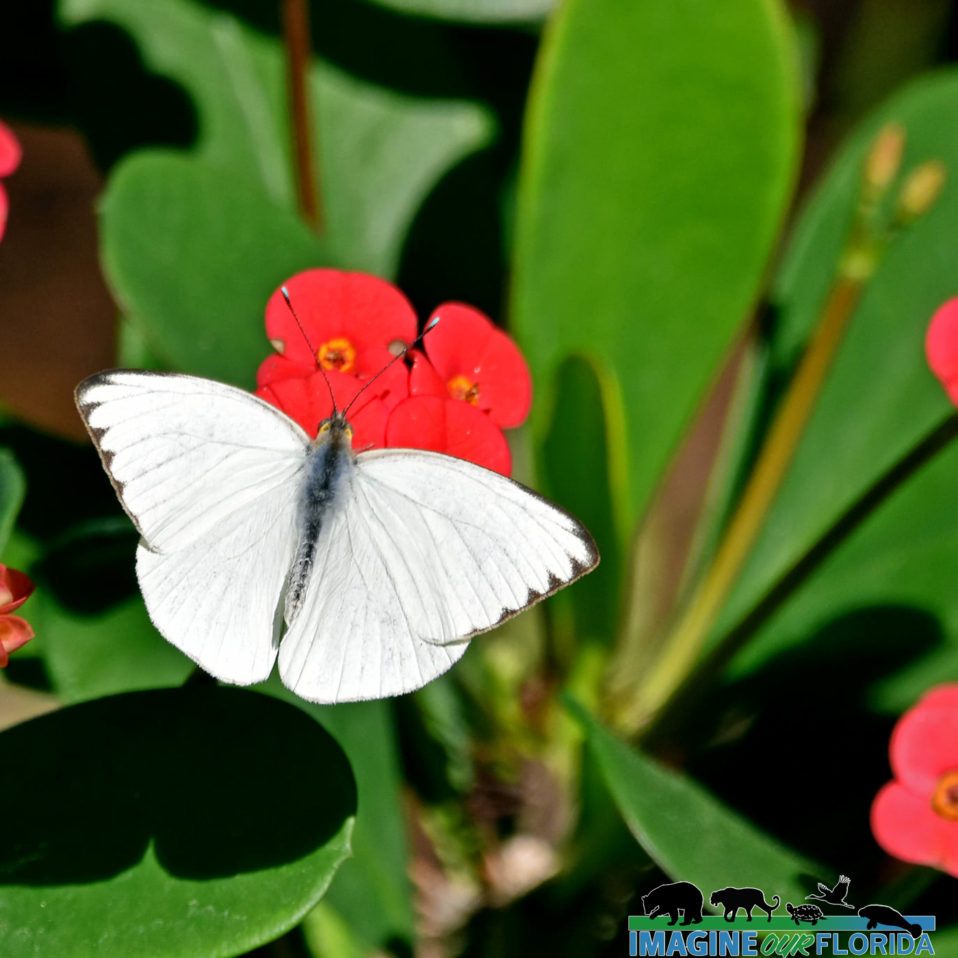
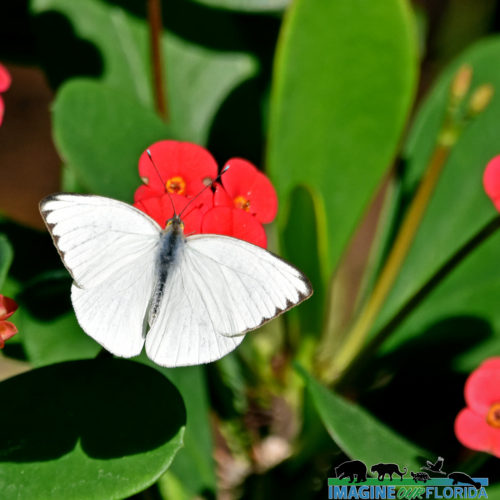
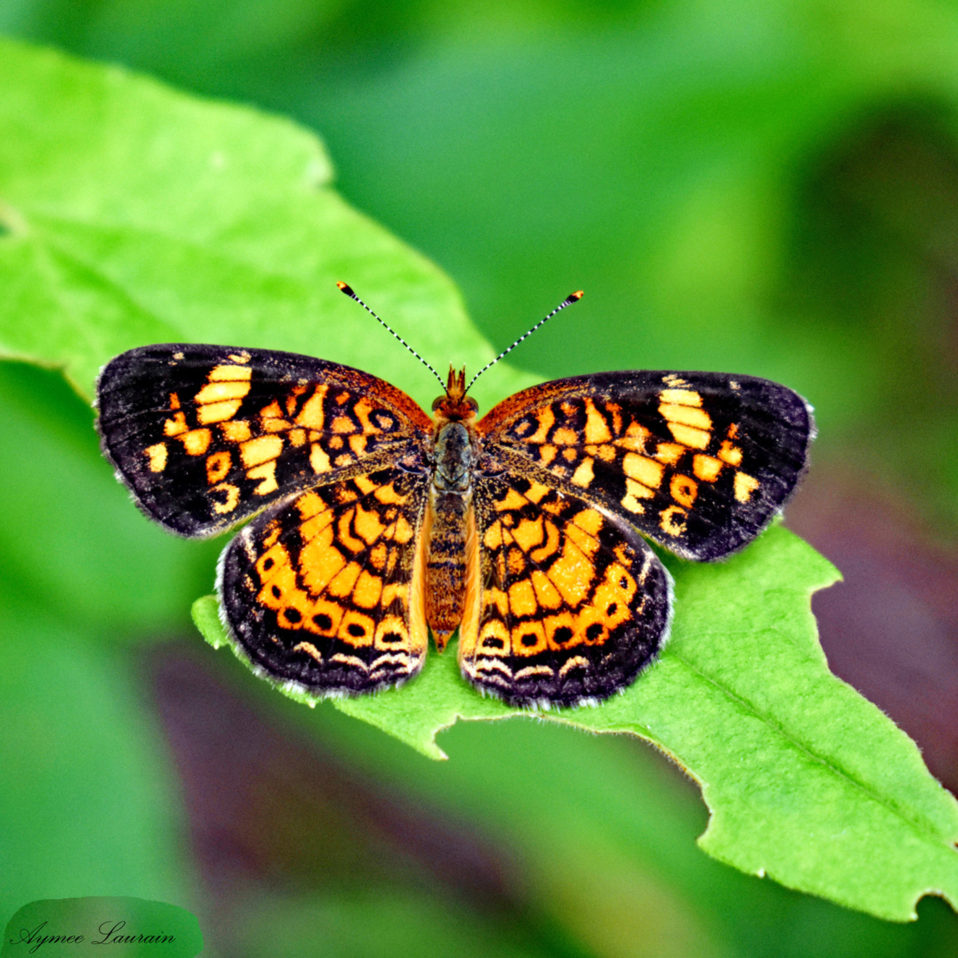
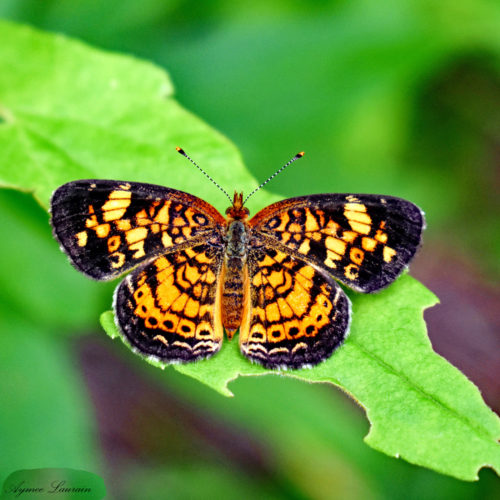
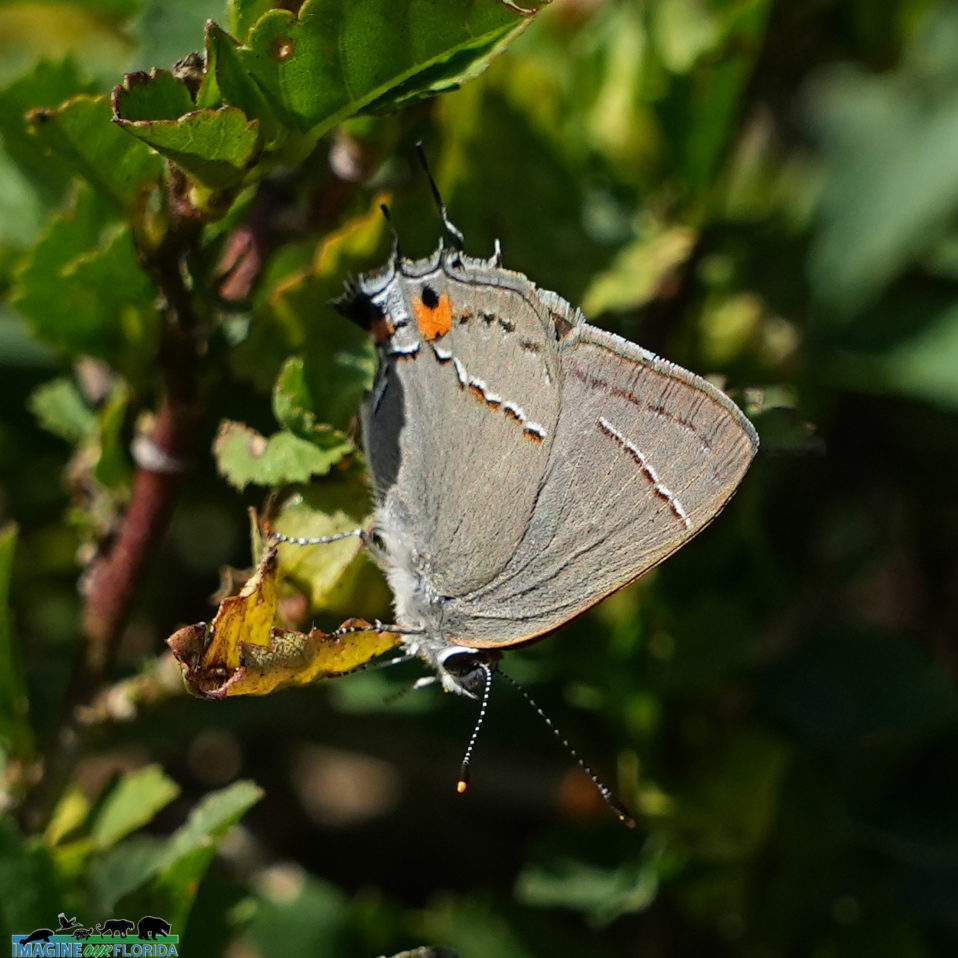
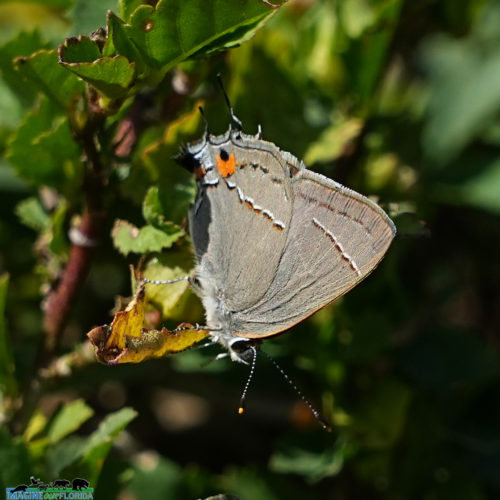
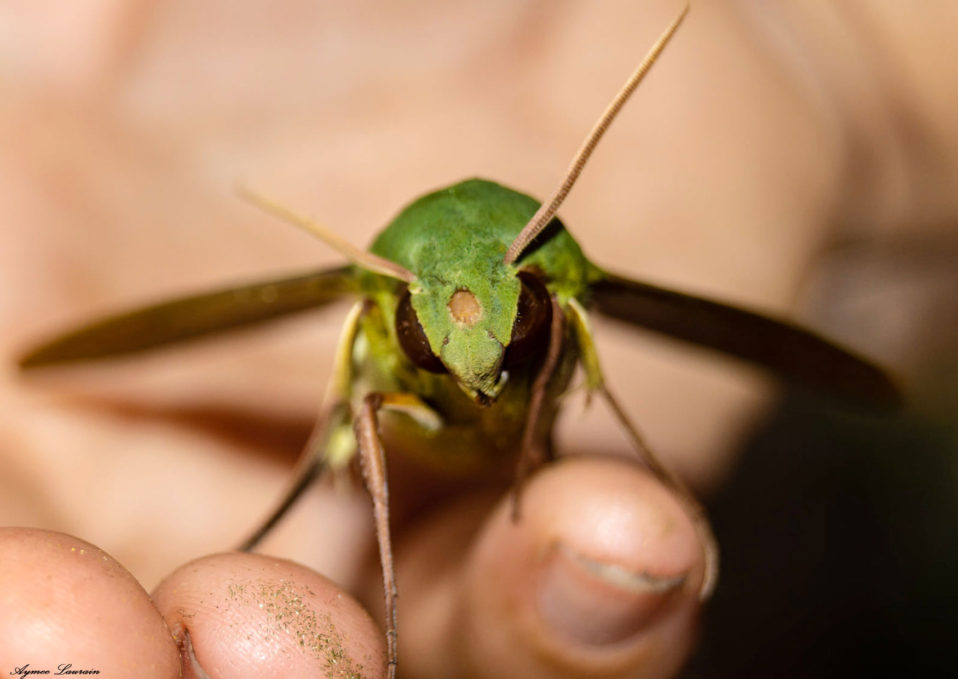
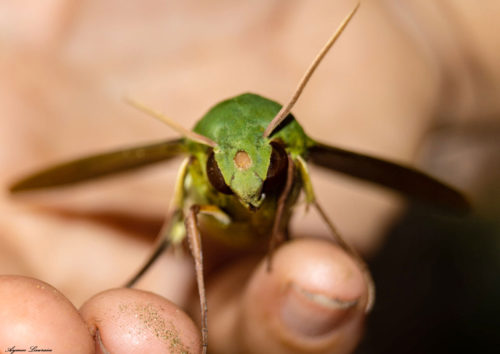
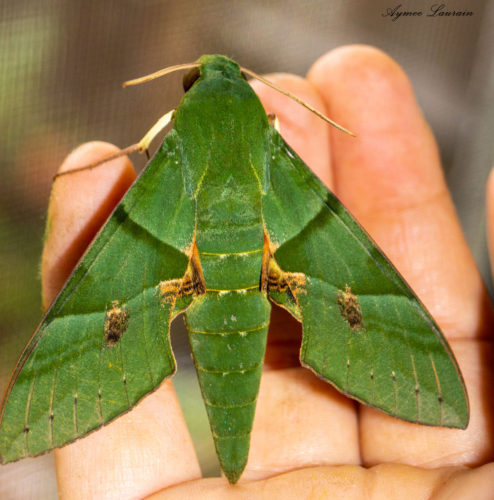
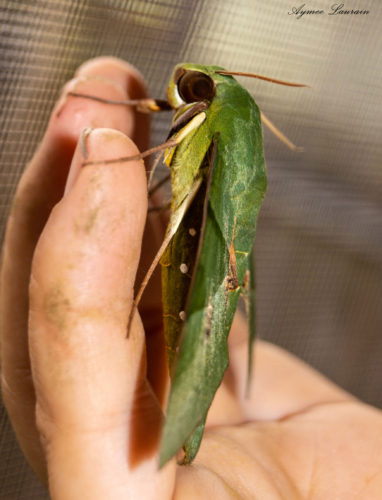
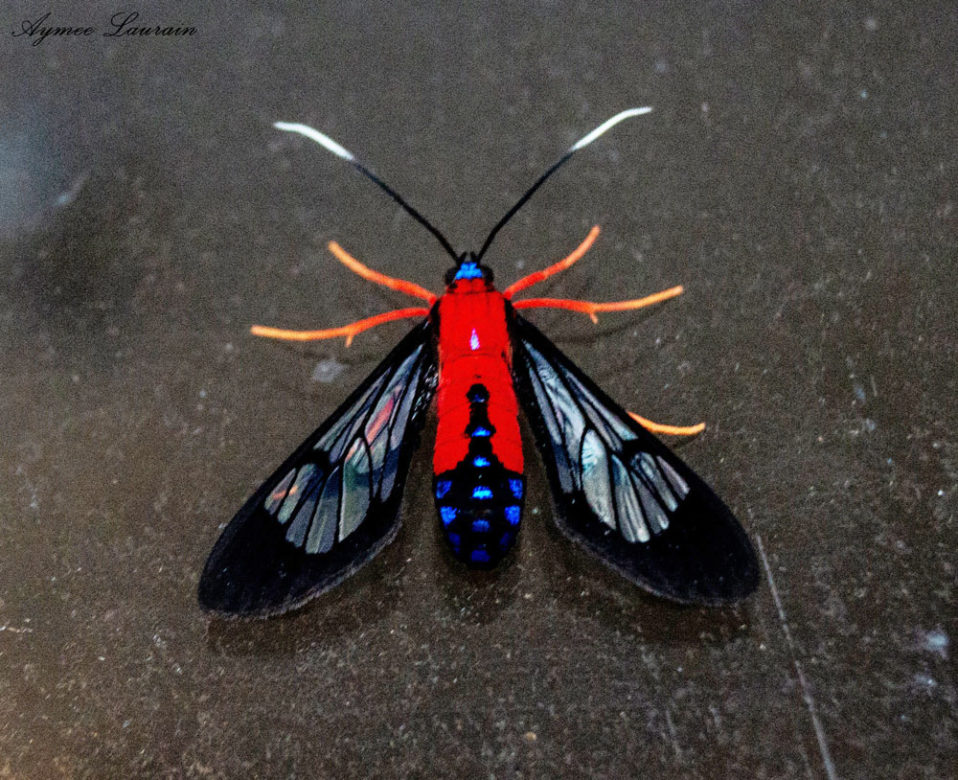
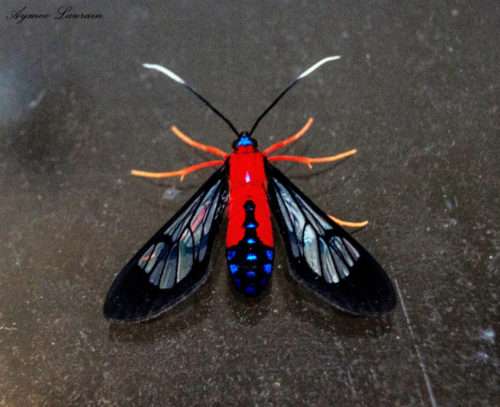
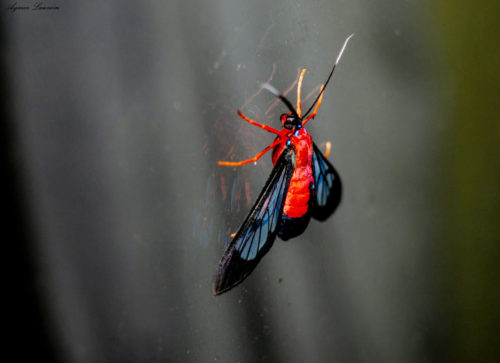
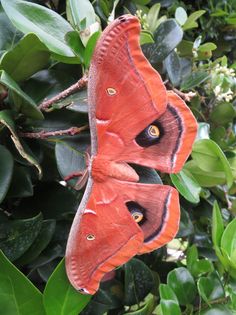
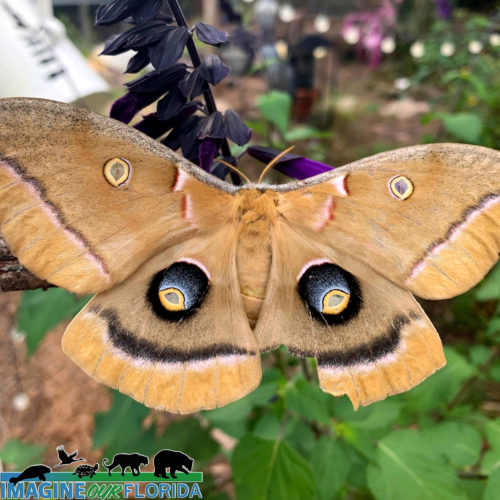
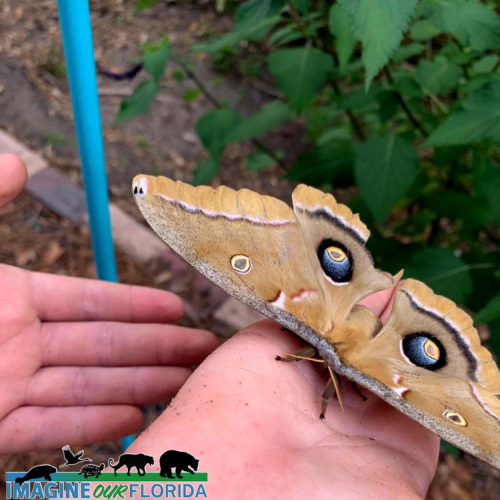
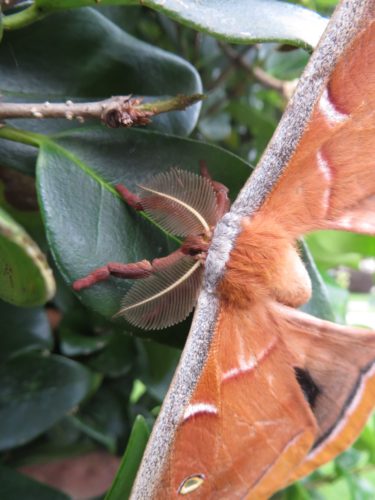
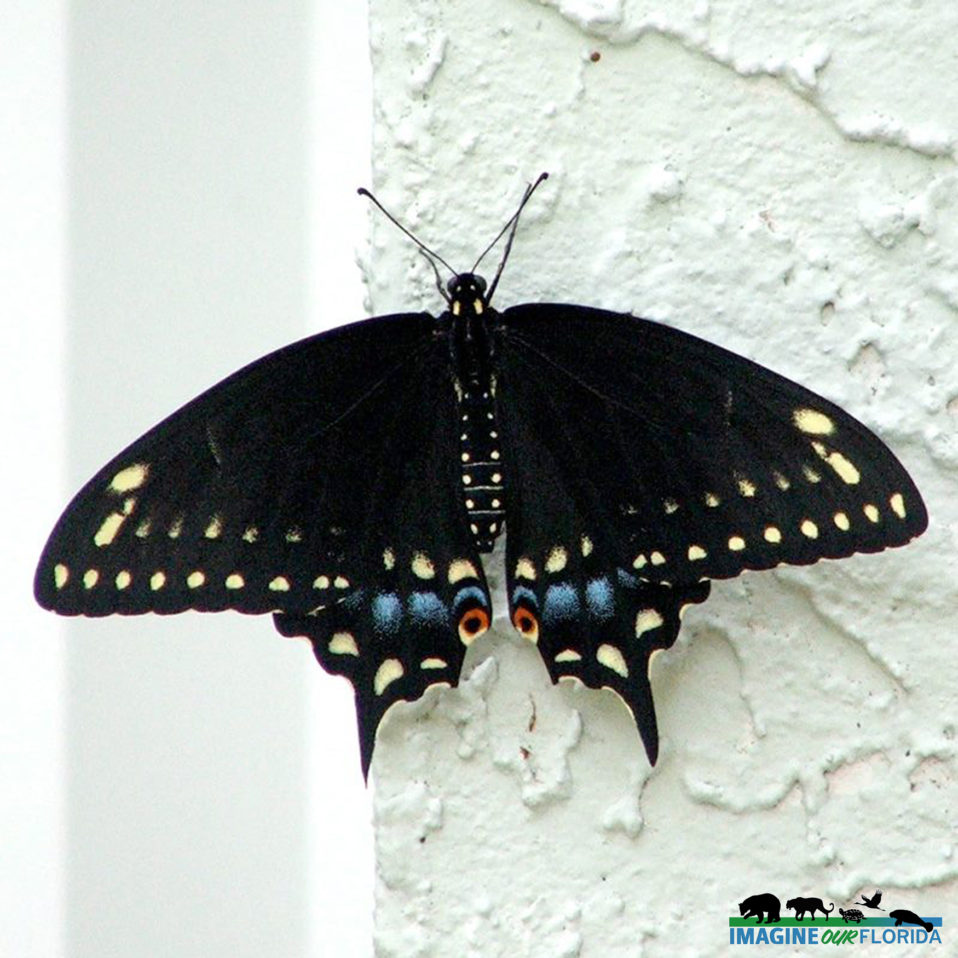
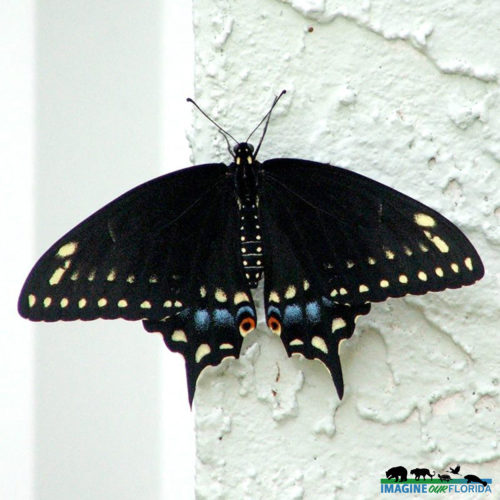
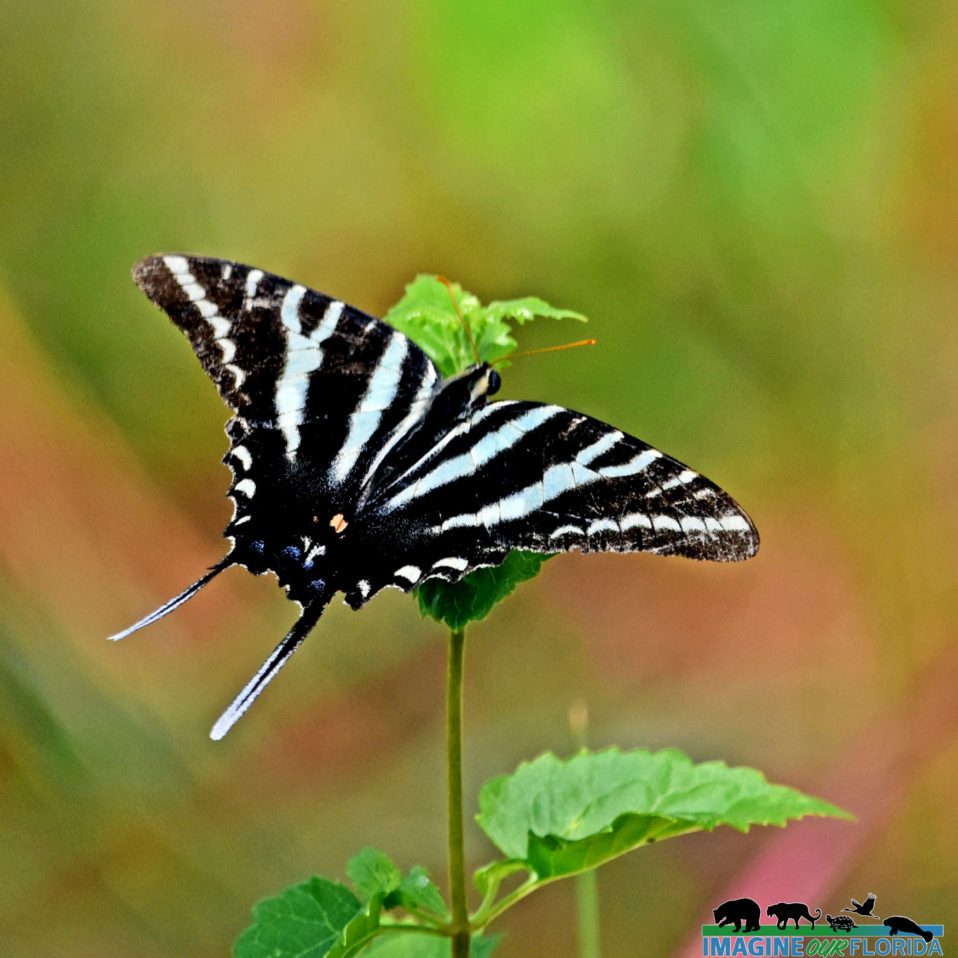
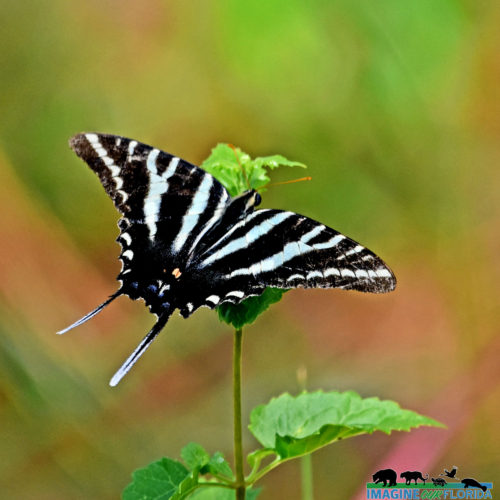
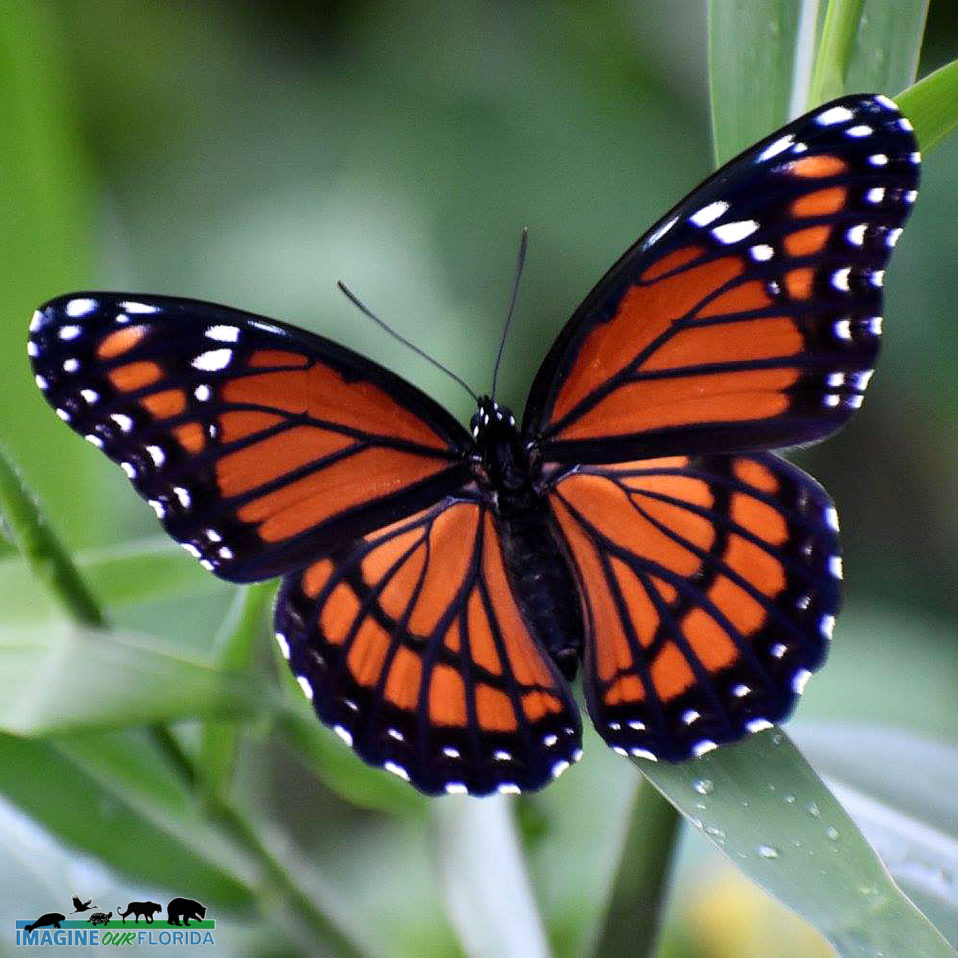
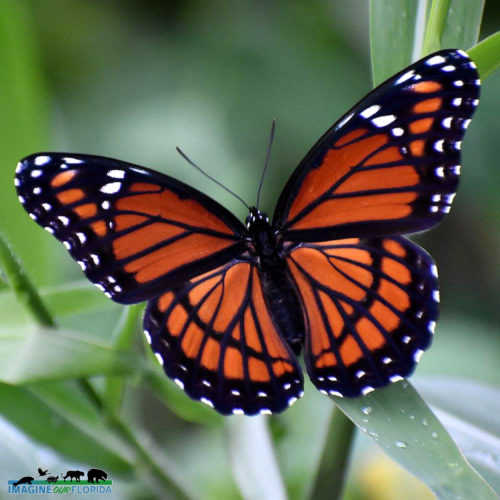
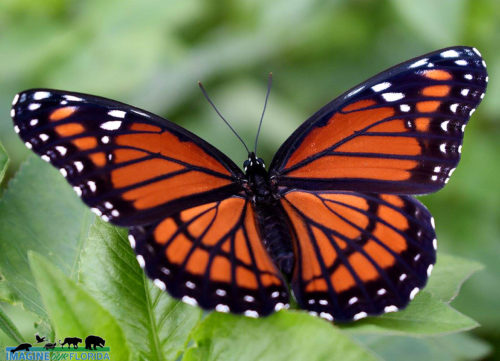
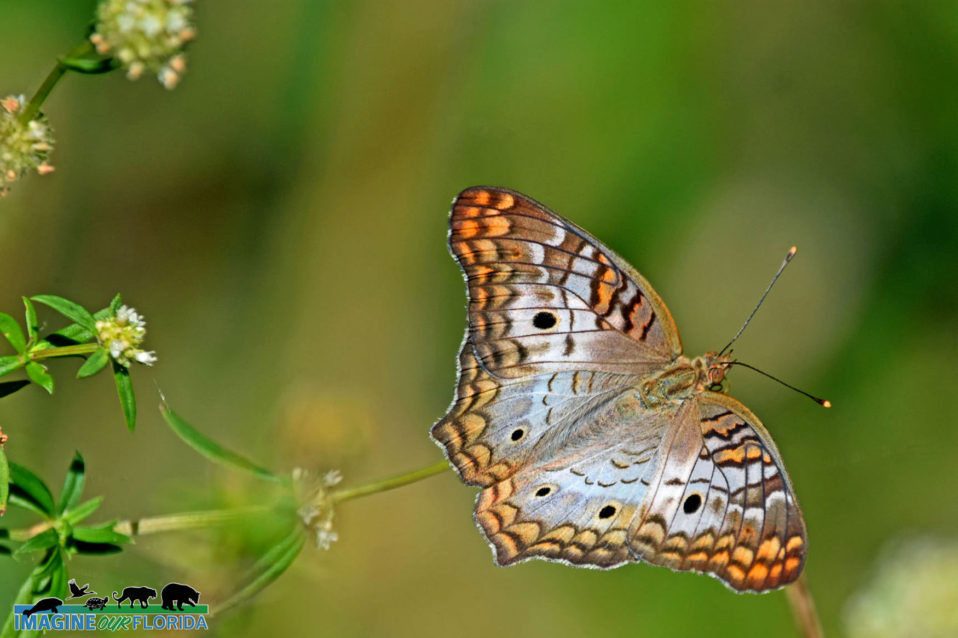
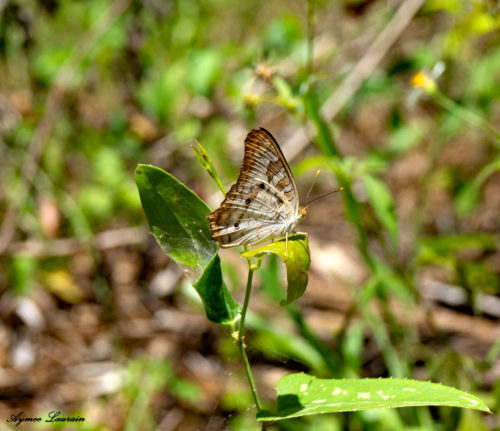
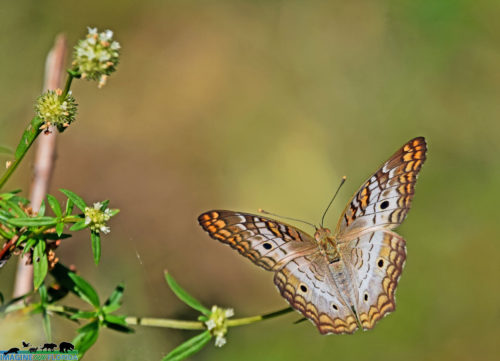
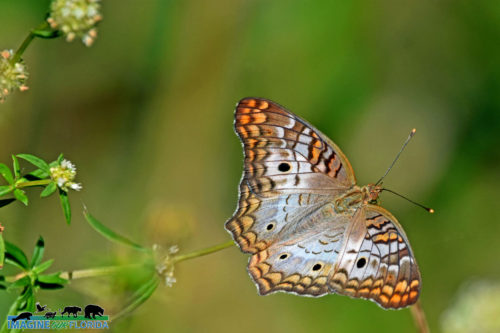
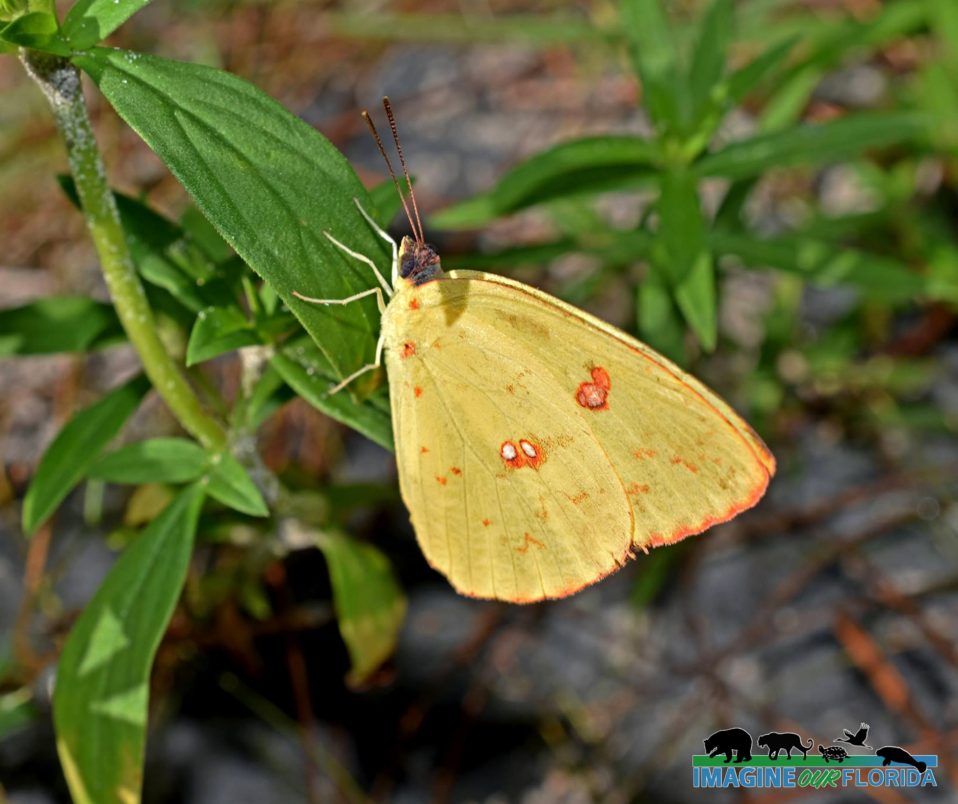
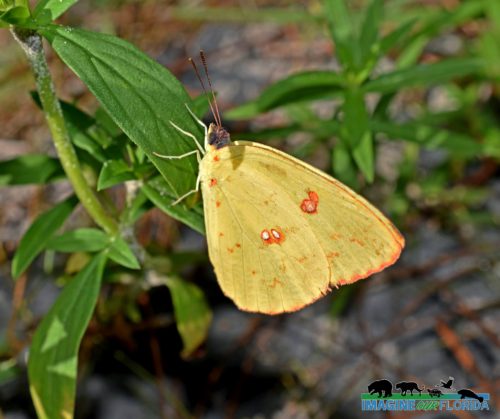
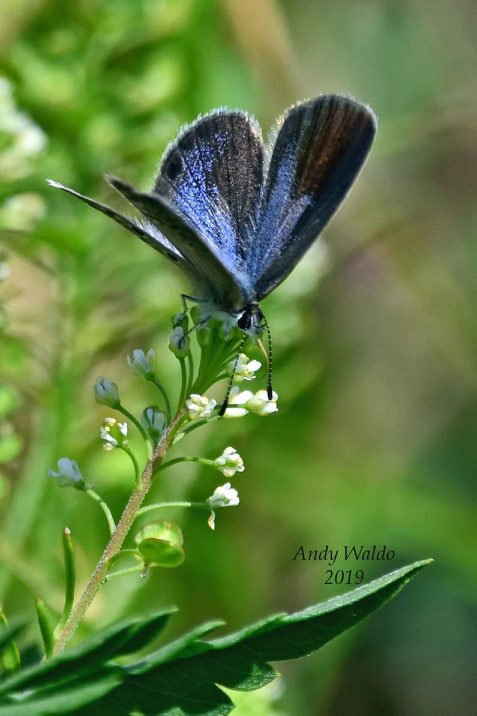
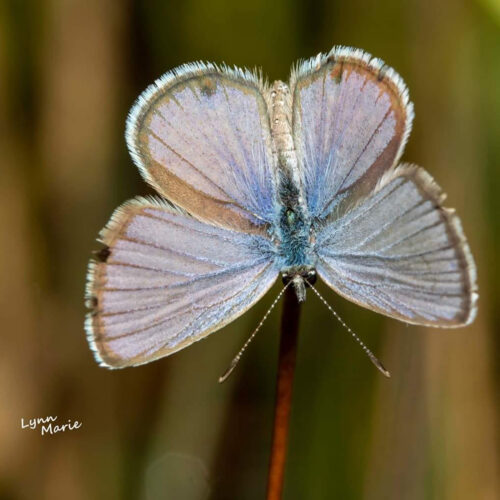
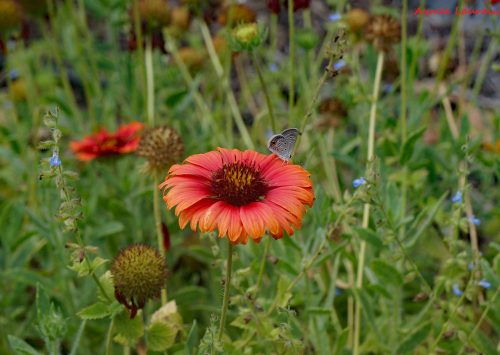
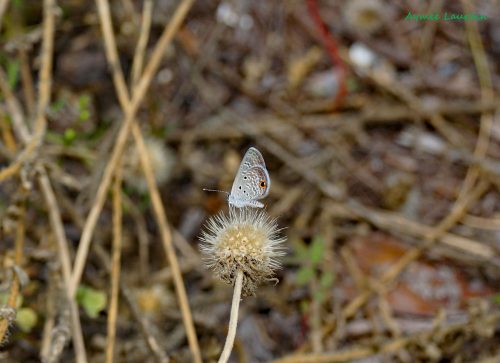
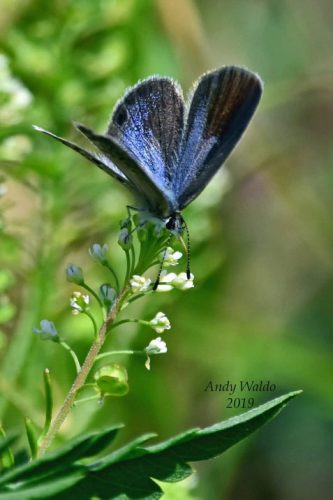
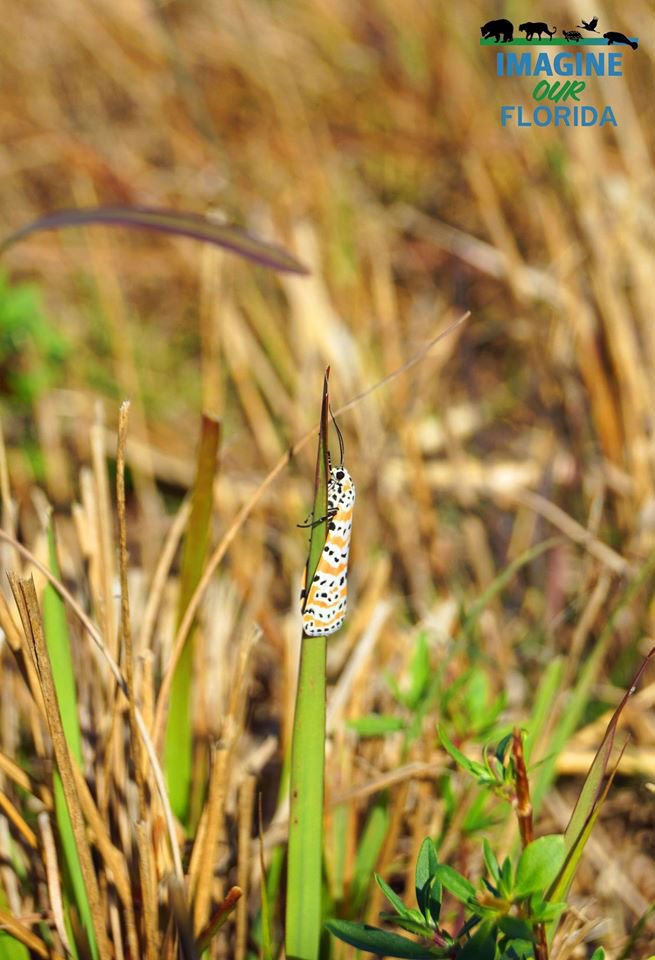
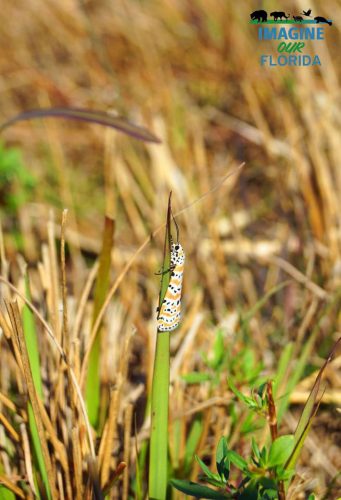
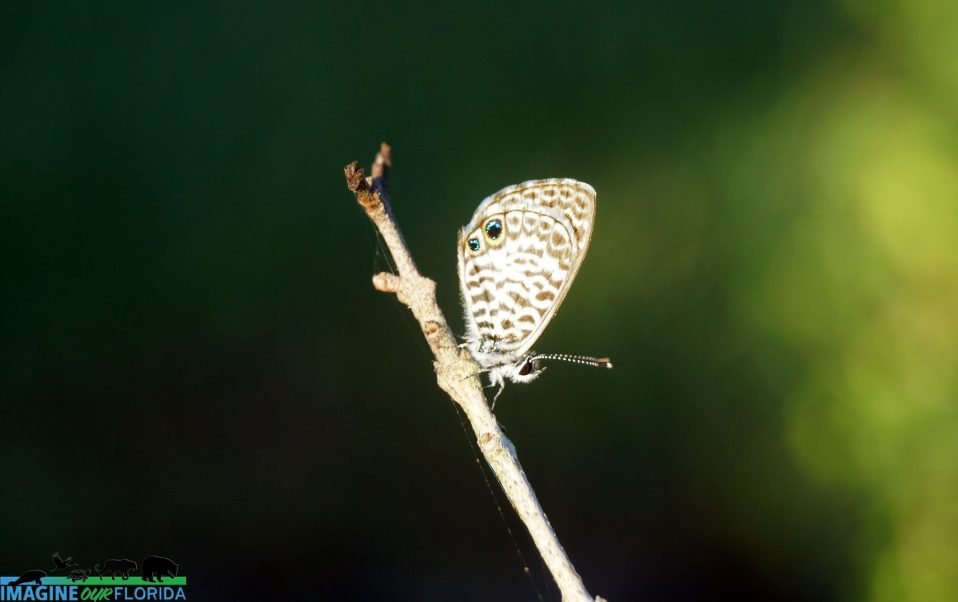
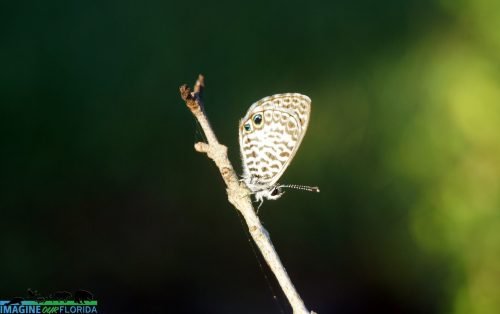
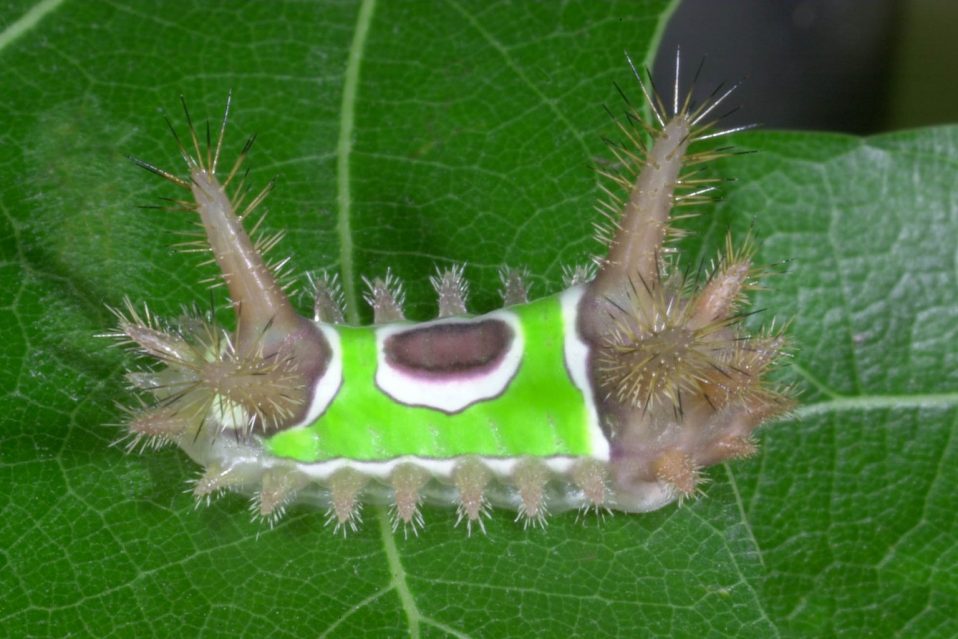
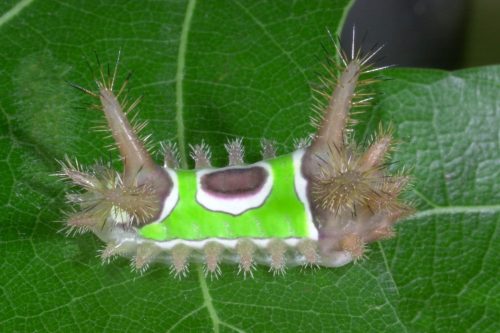
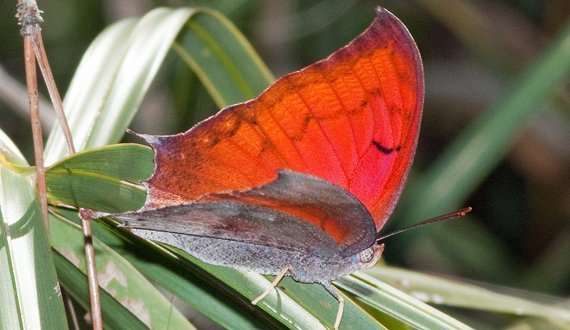
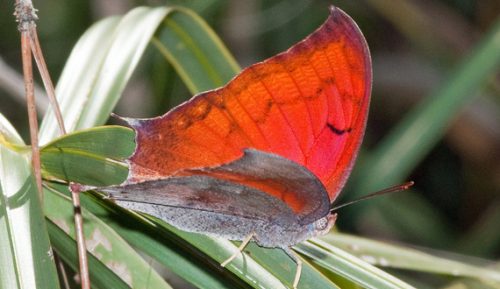
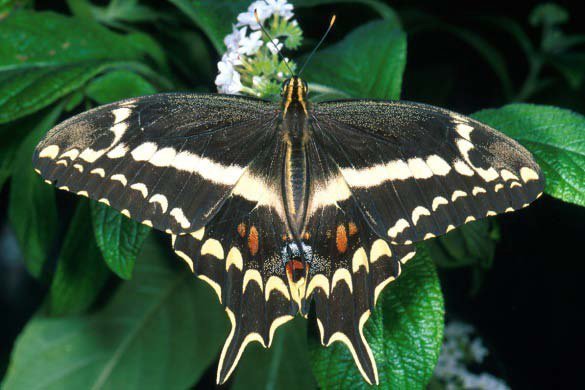
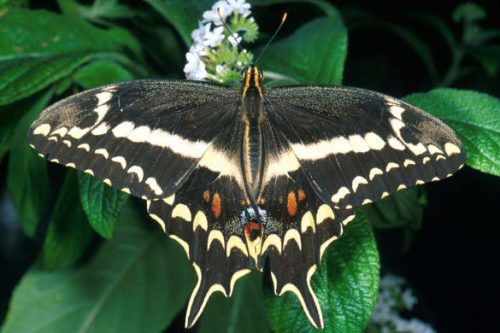
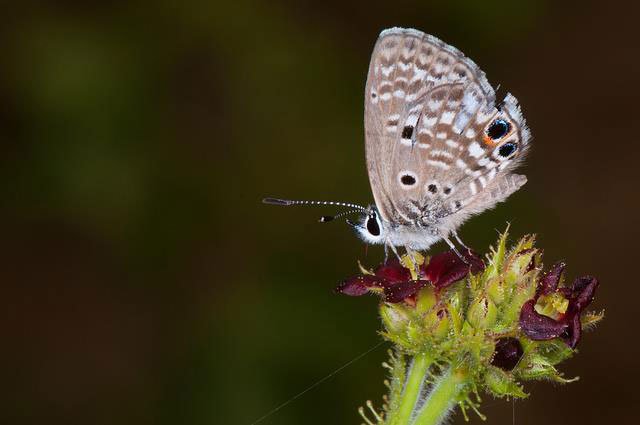
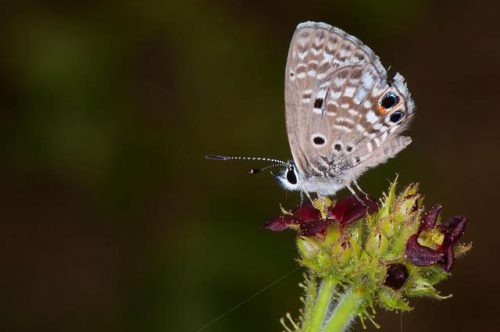
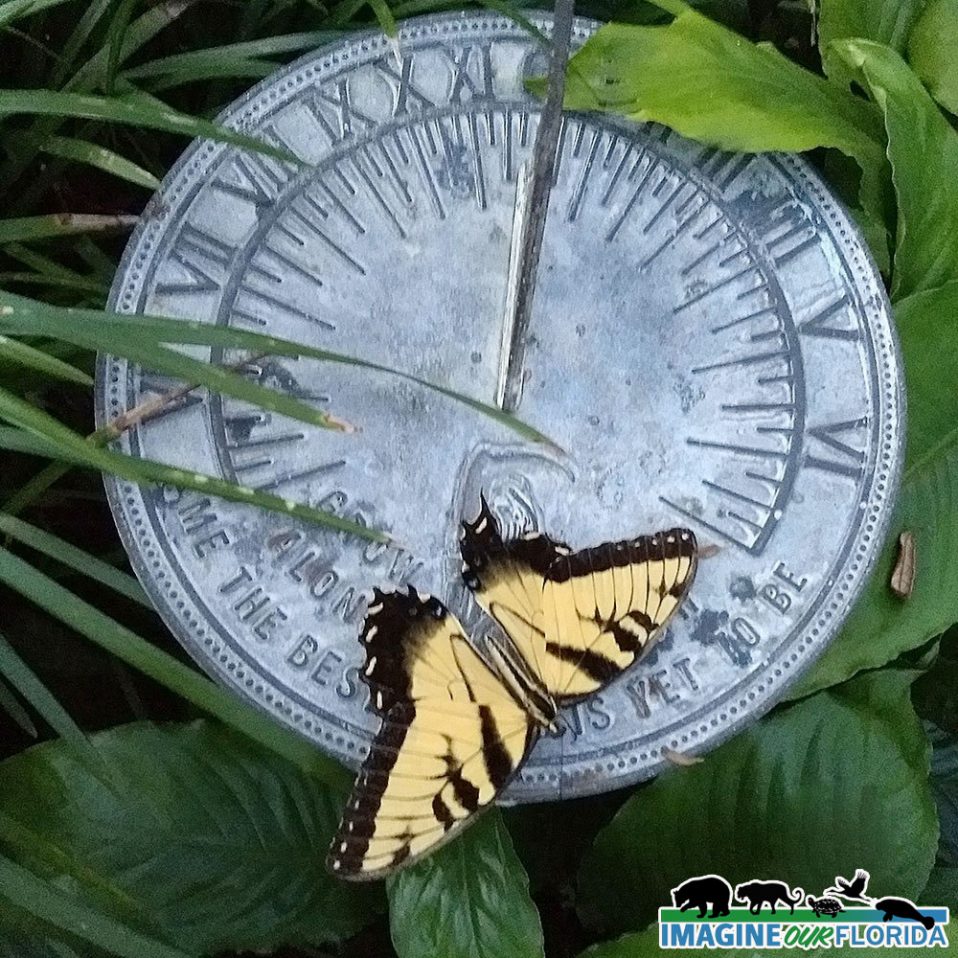
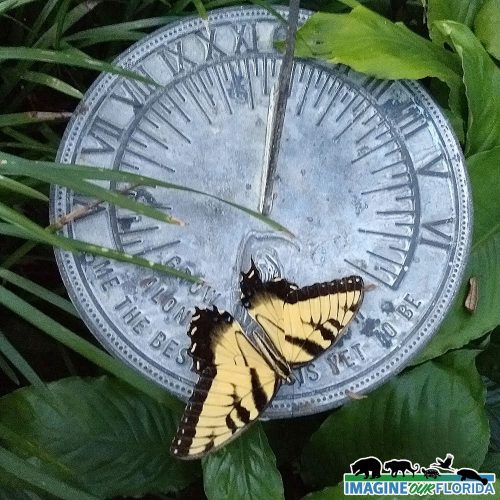
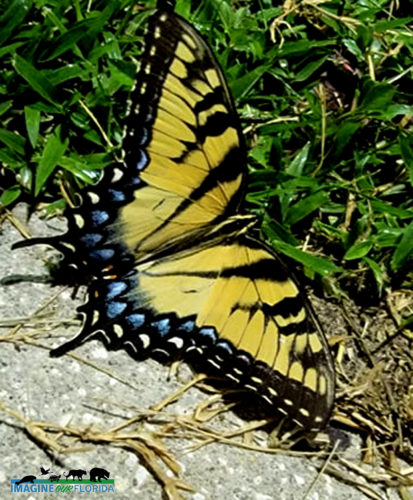
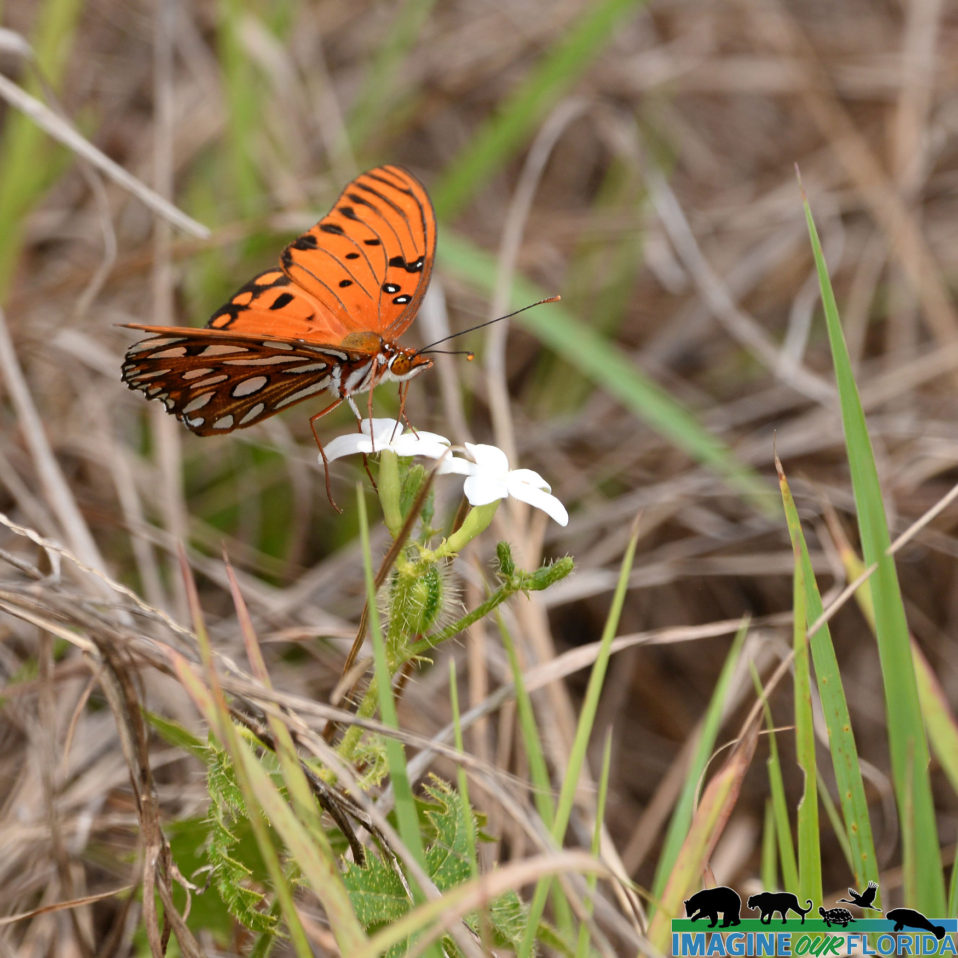
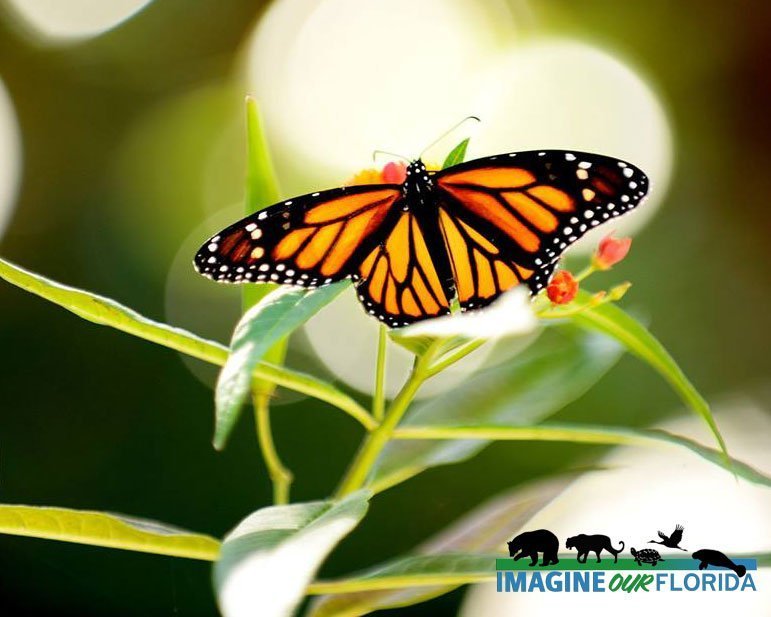
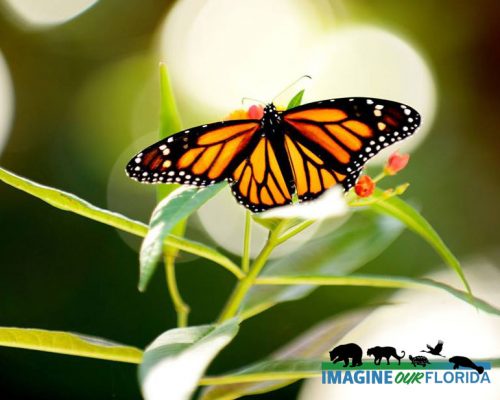
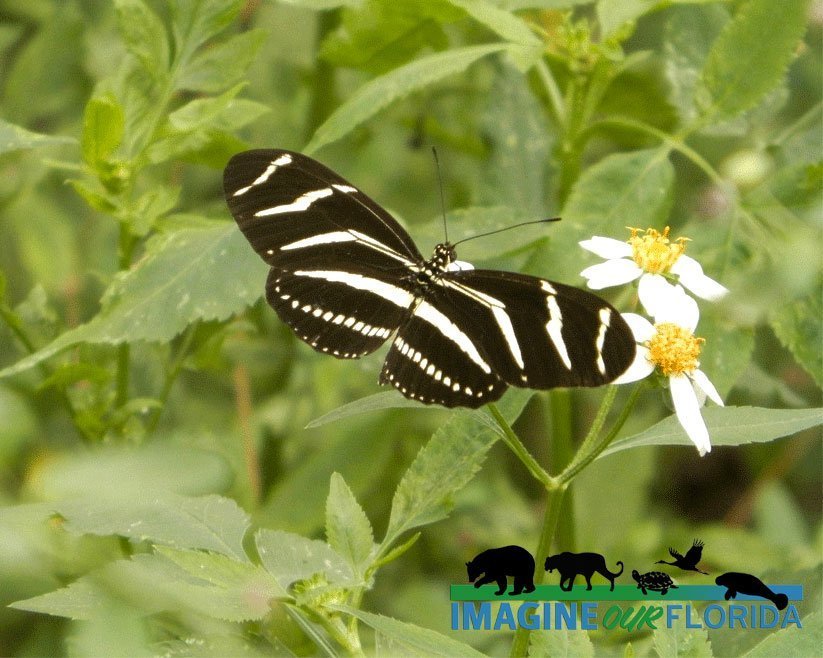
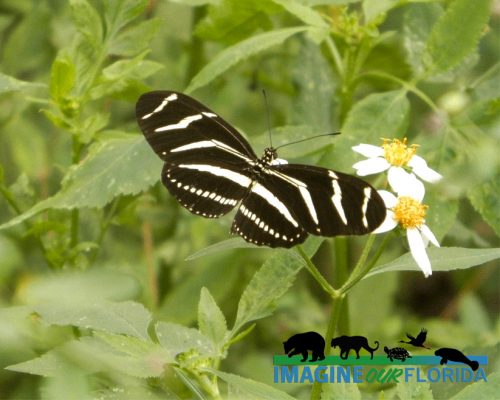
Recent Comments